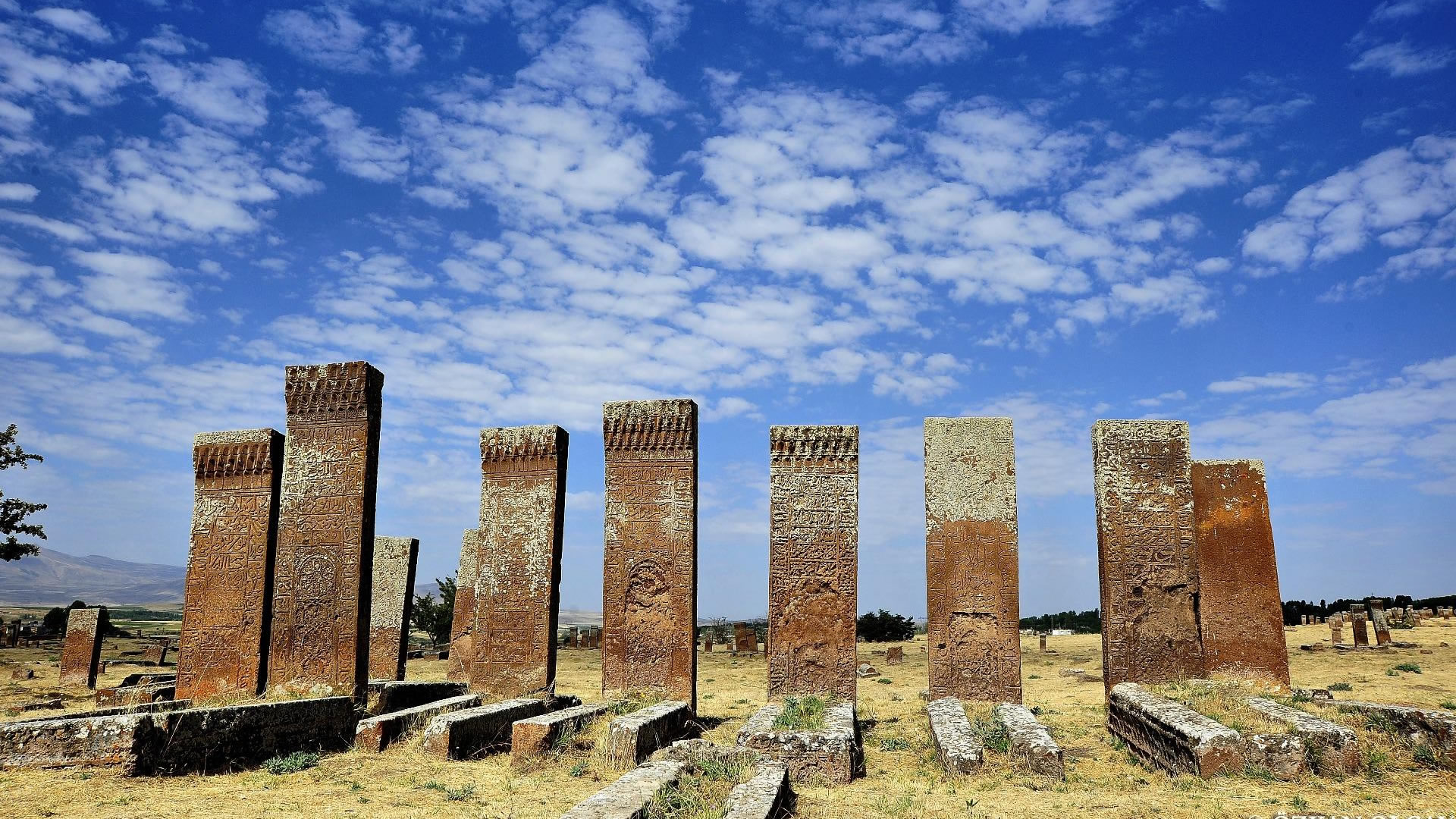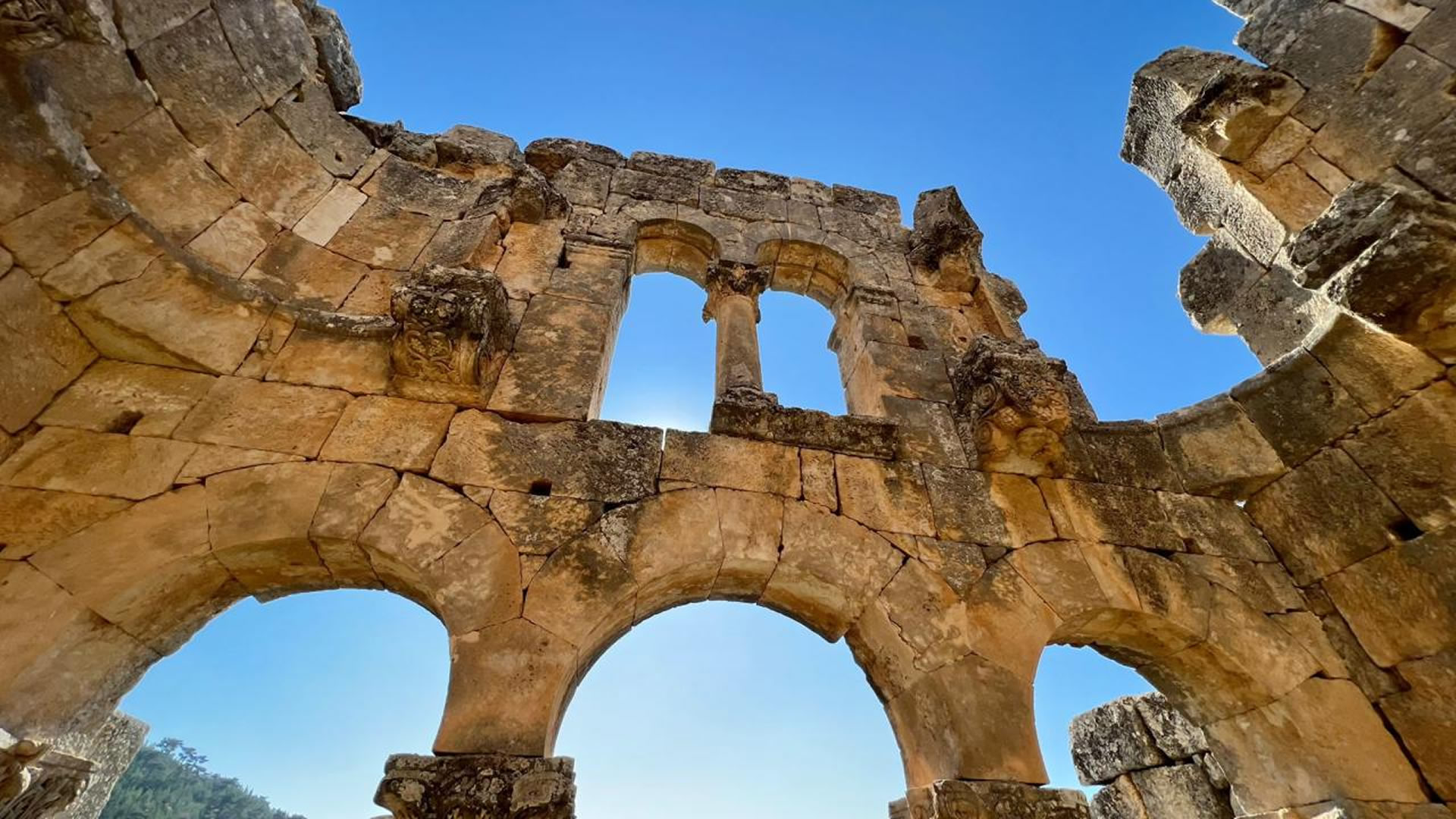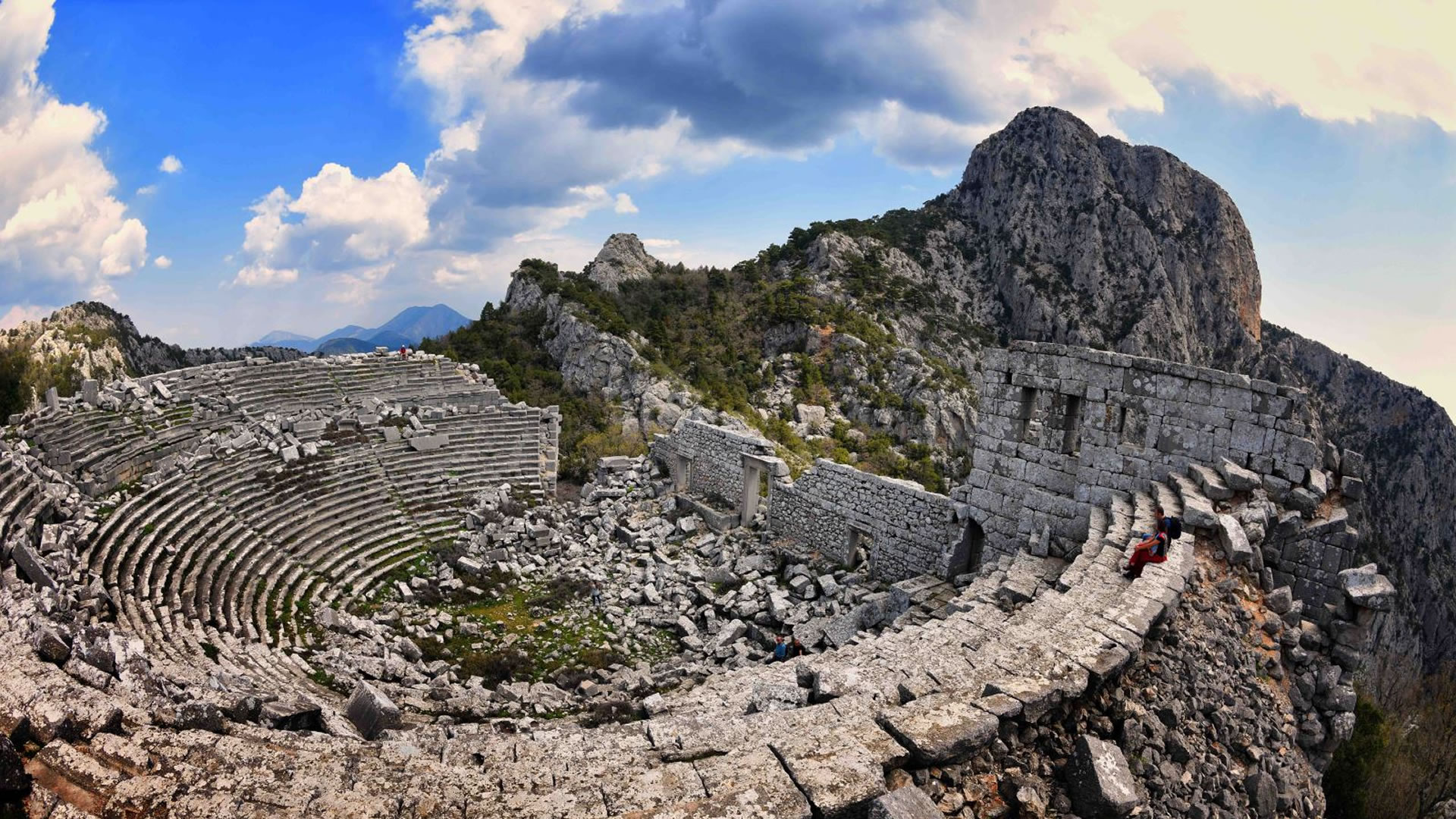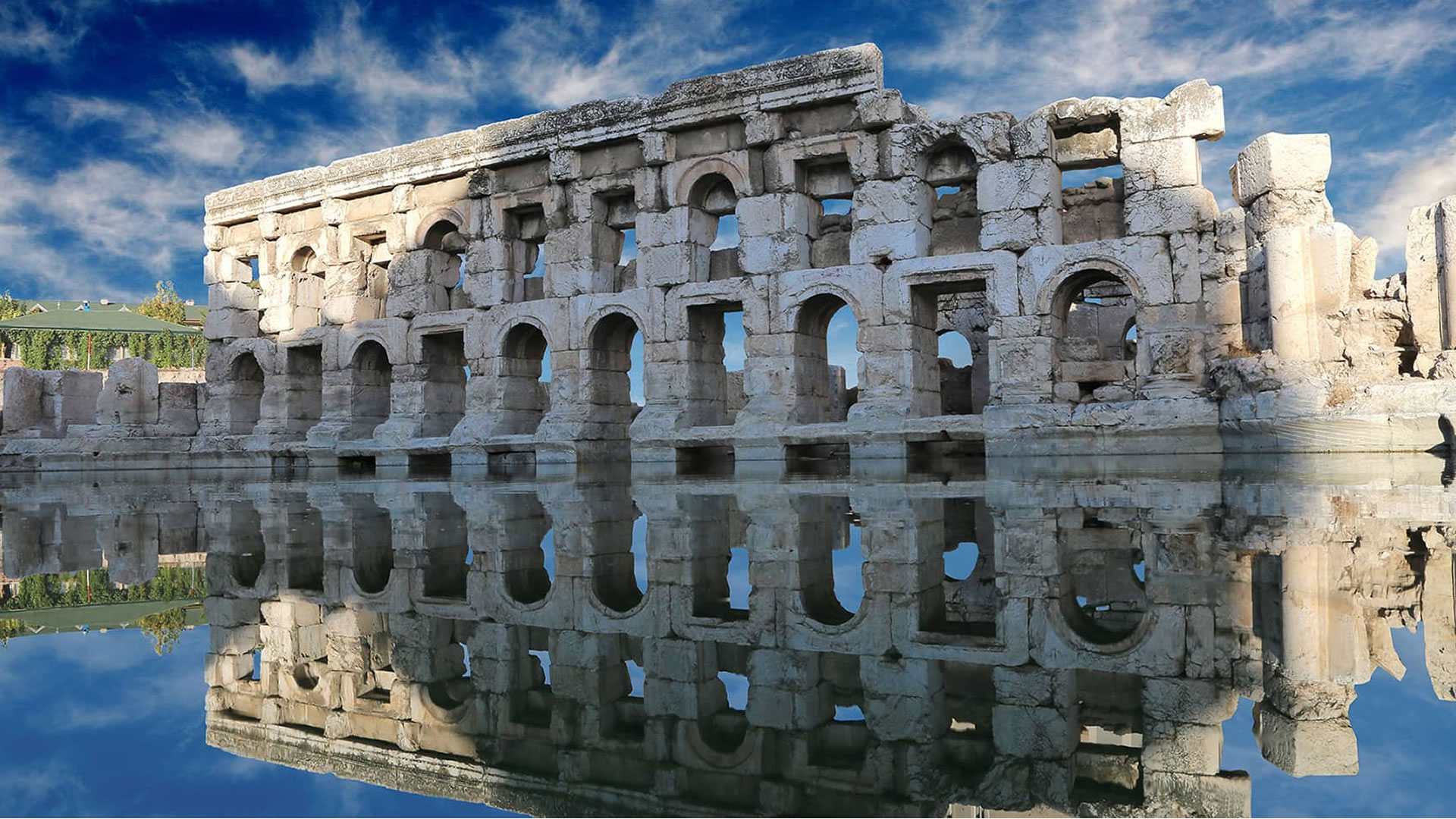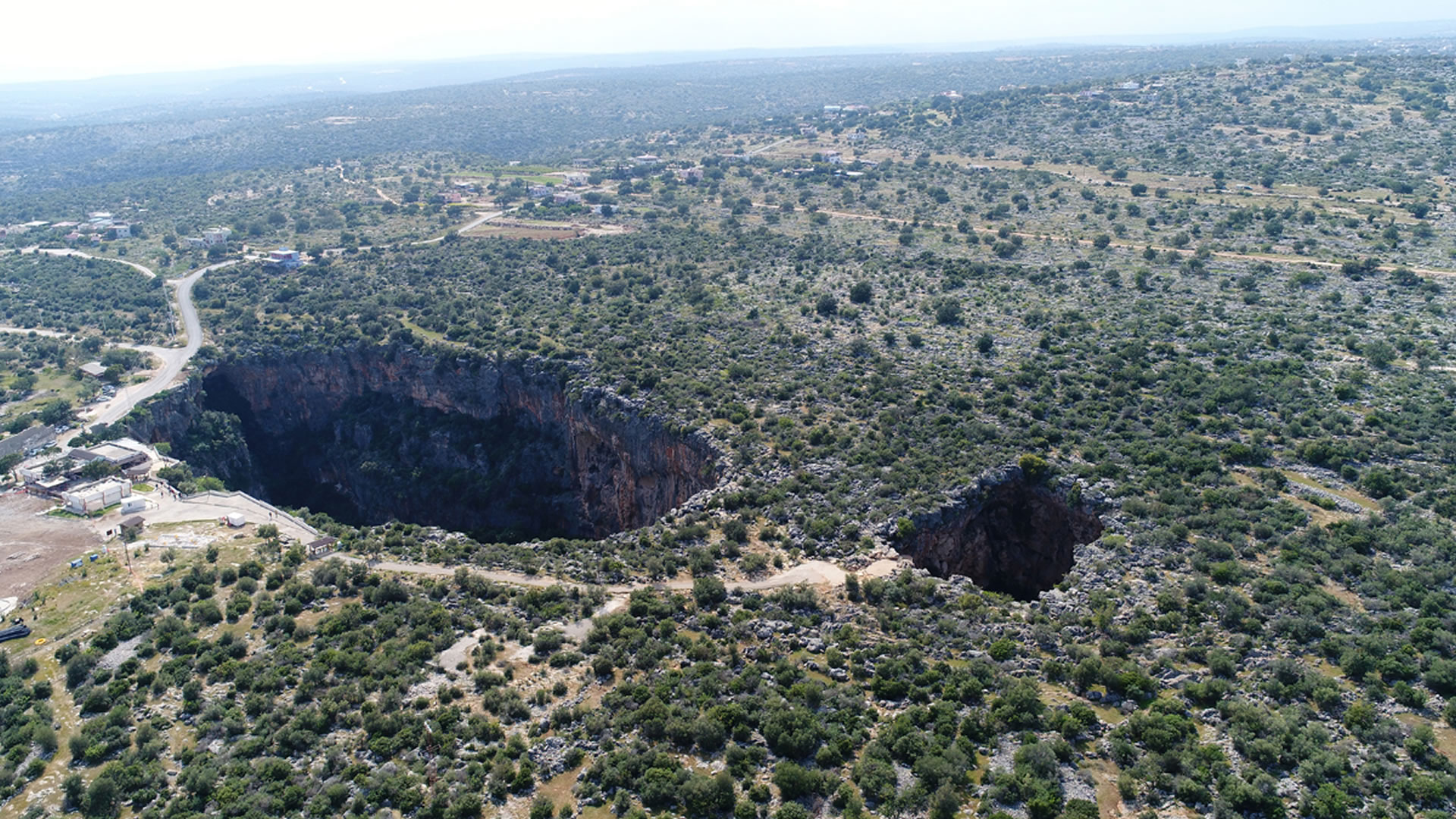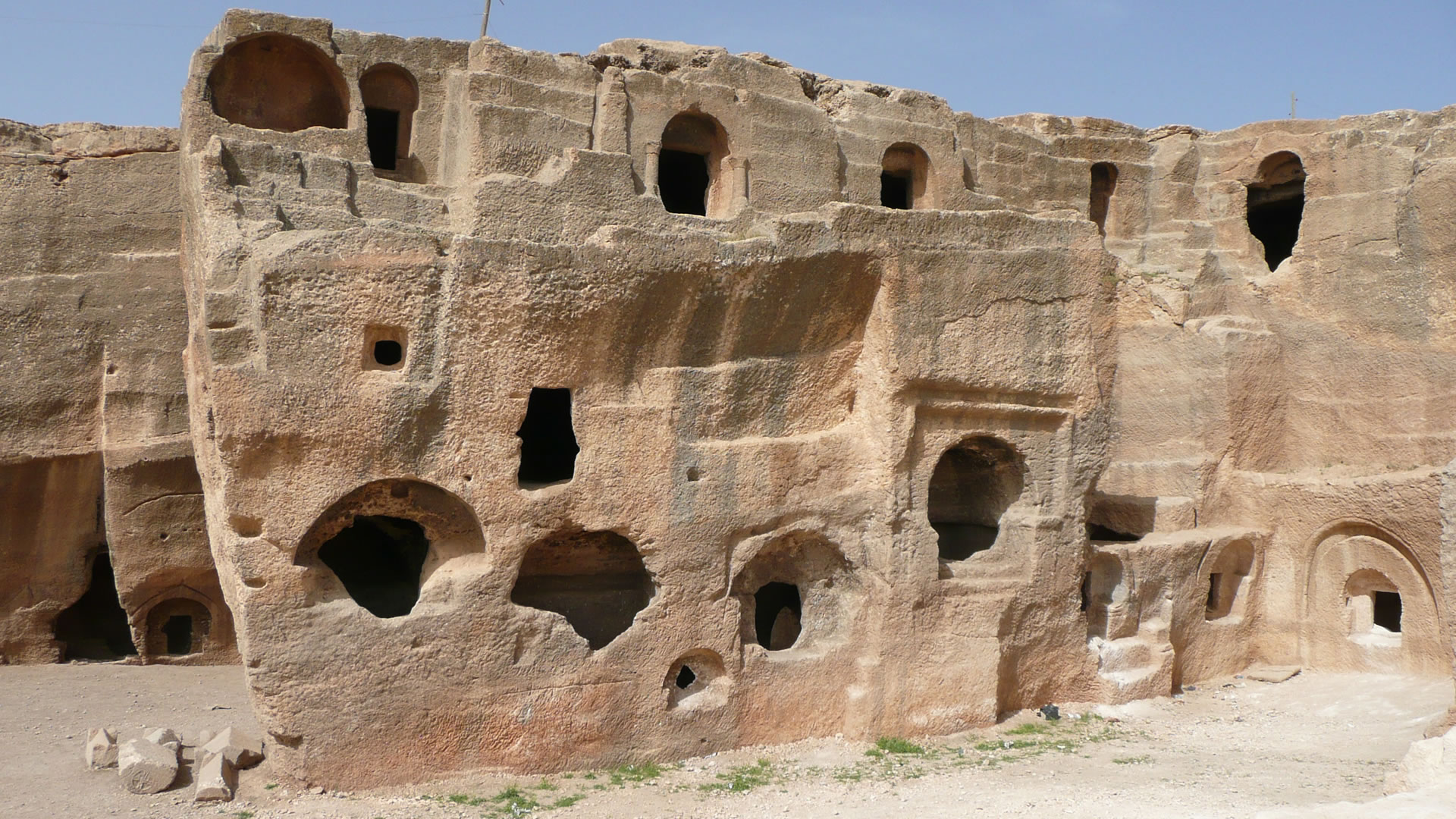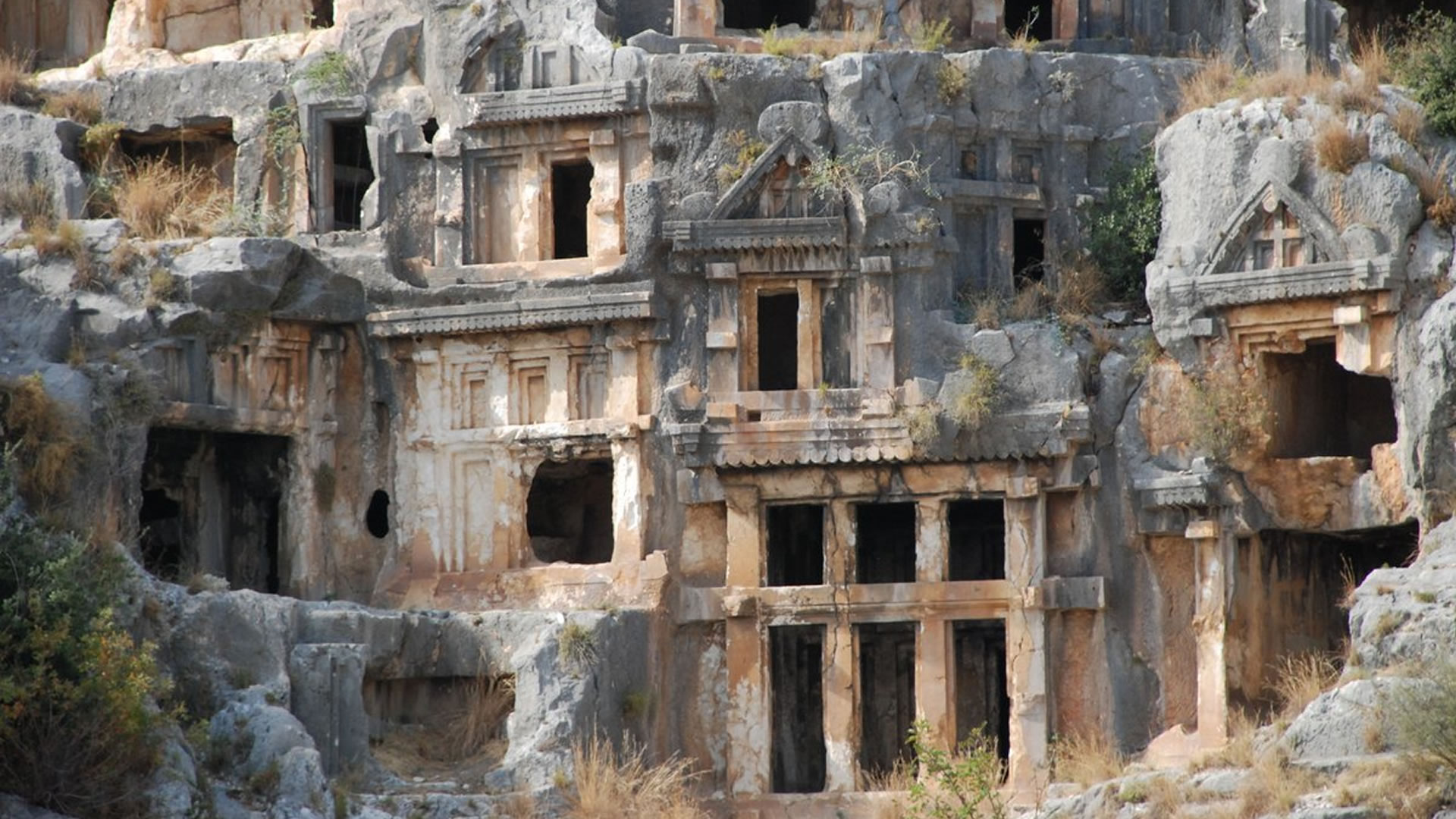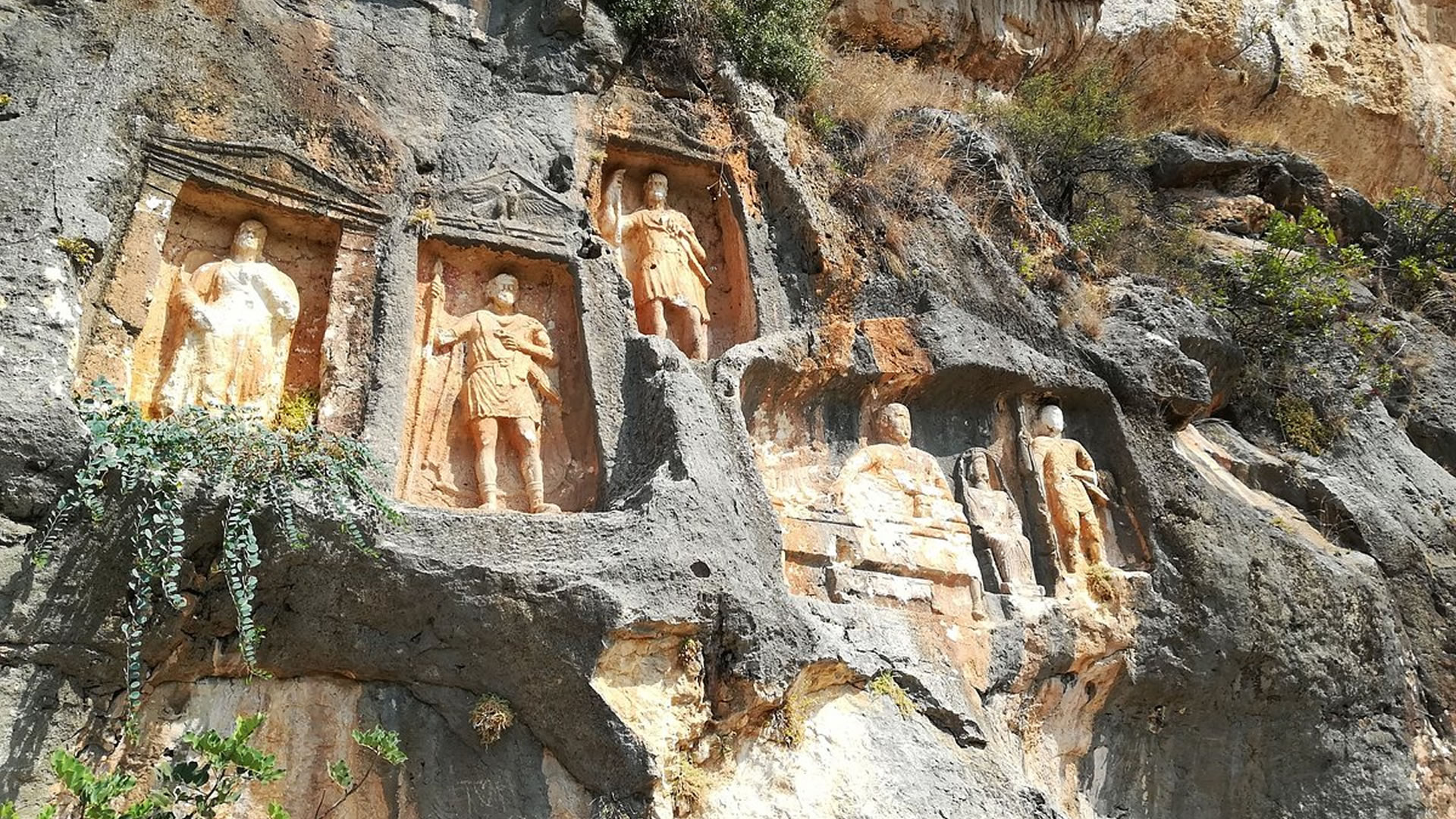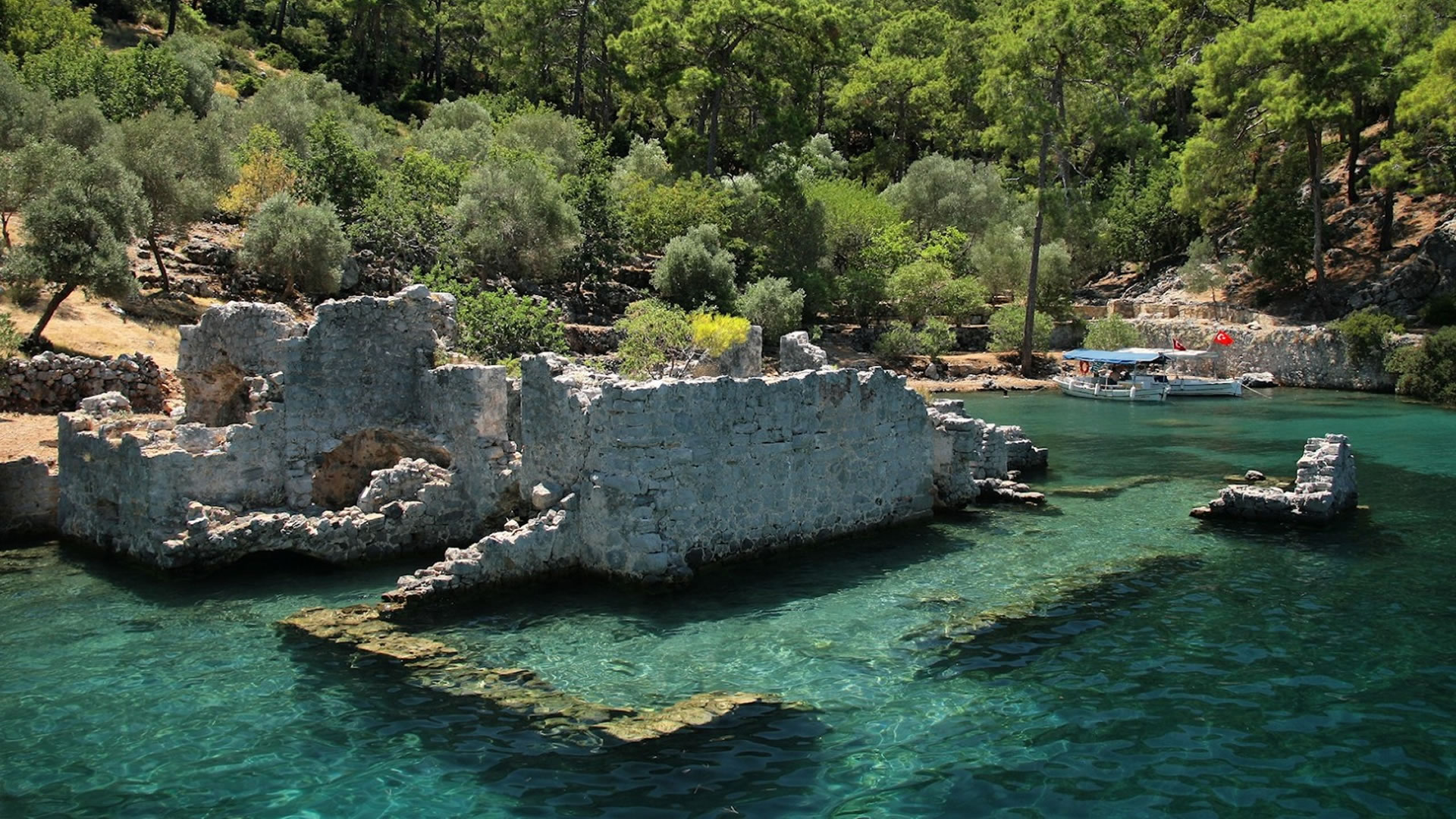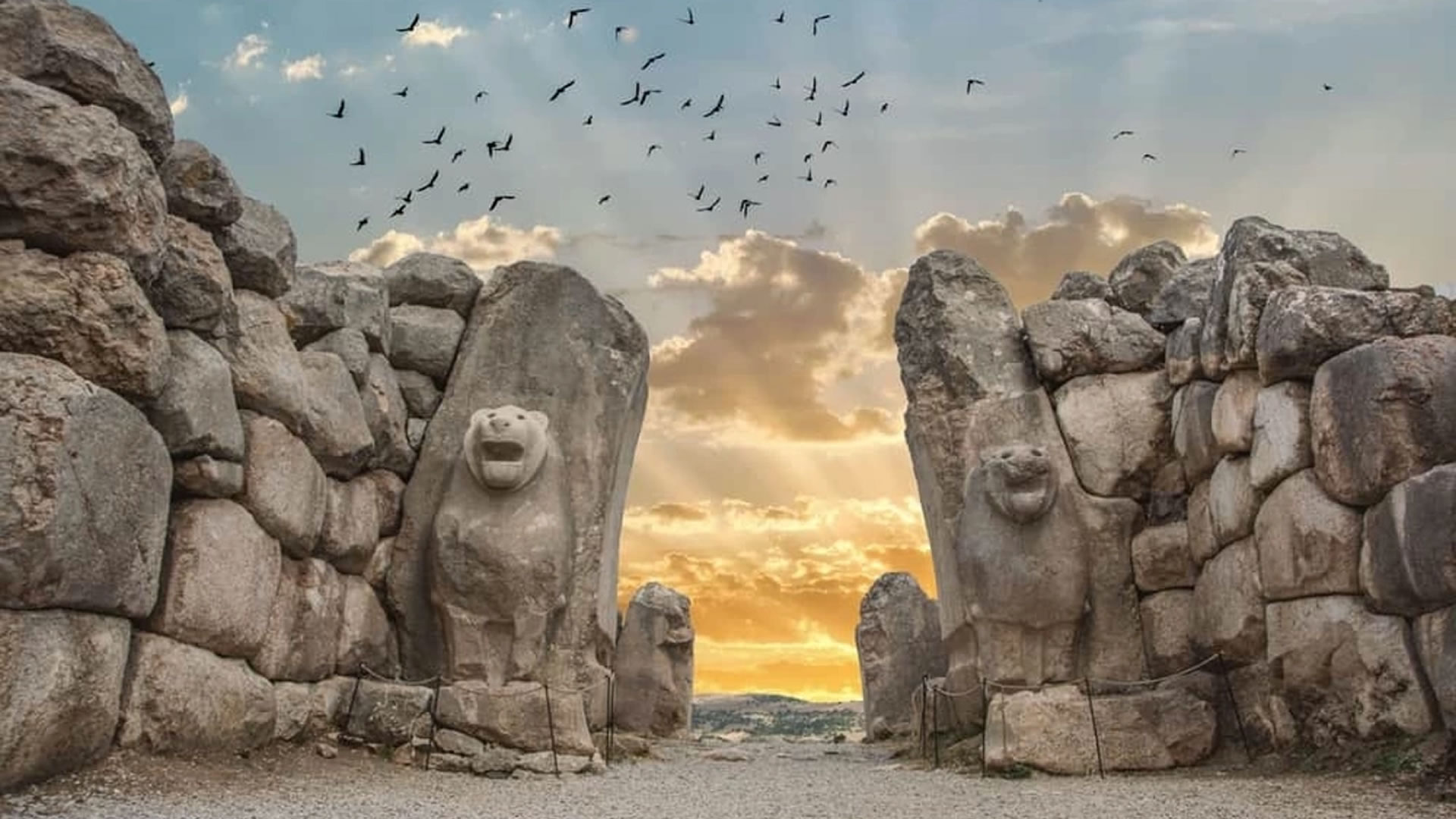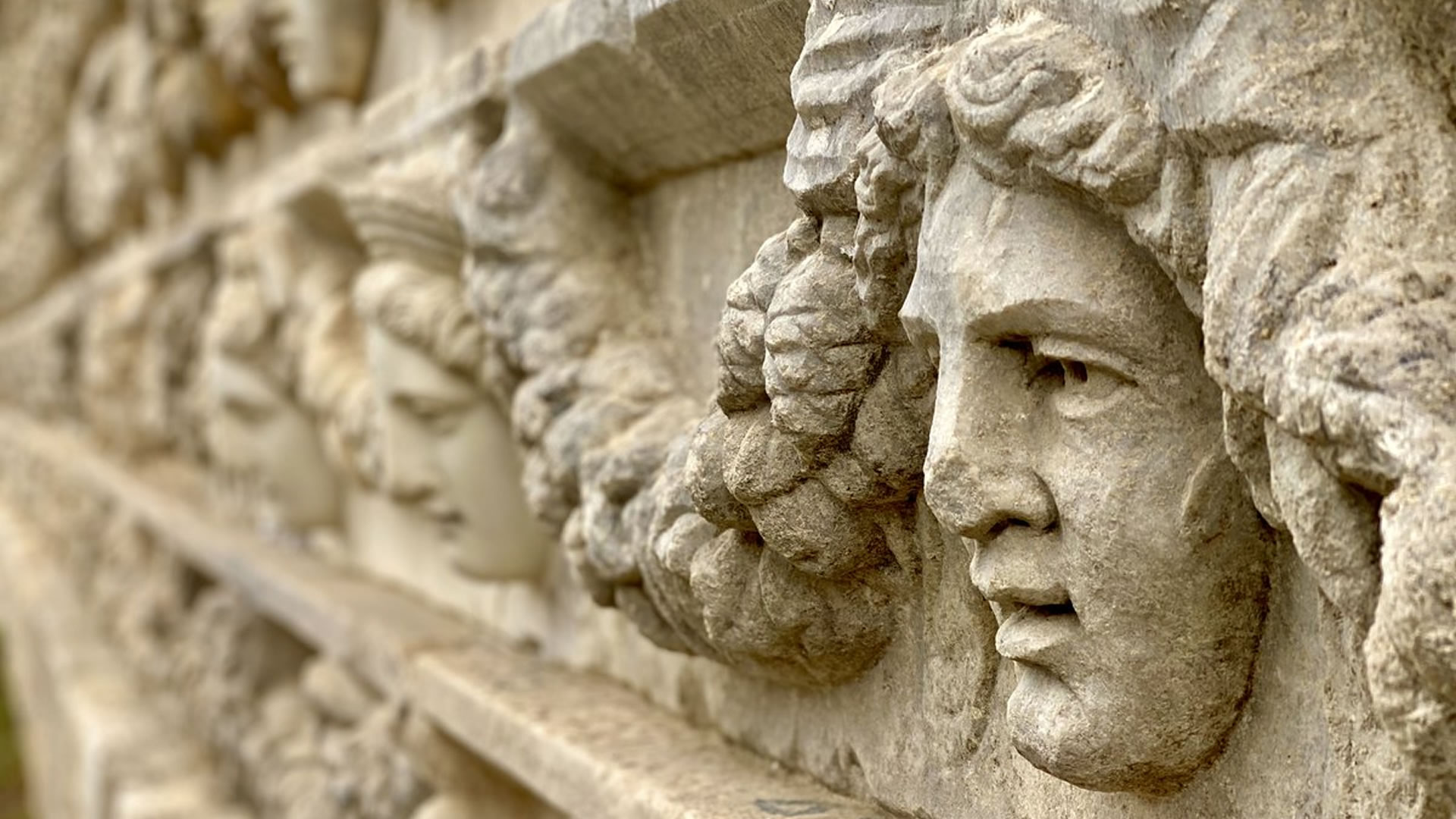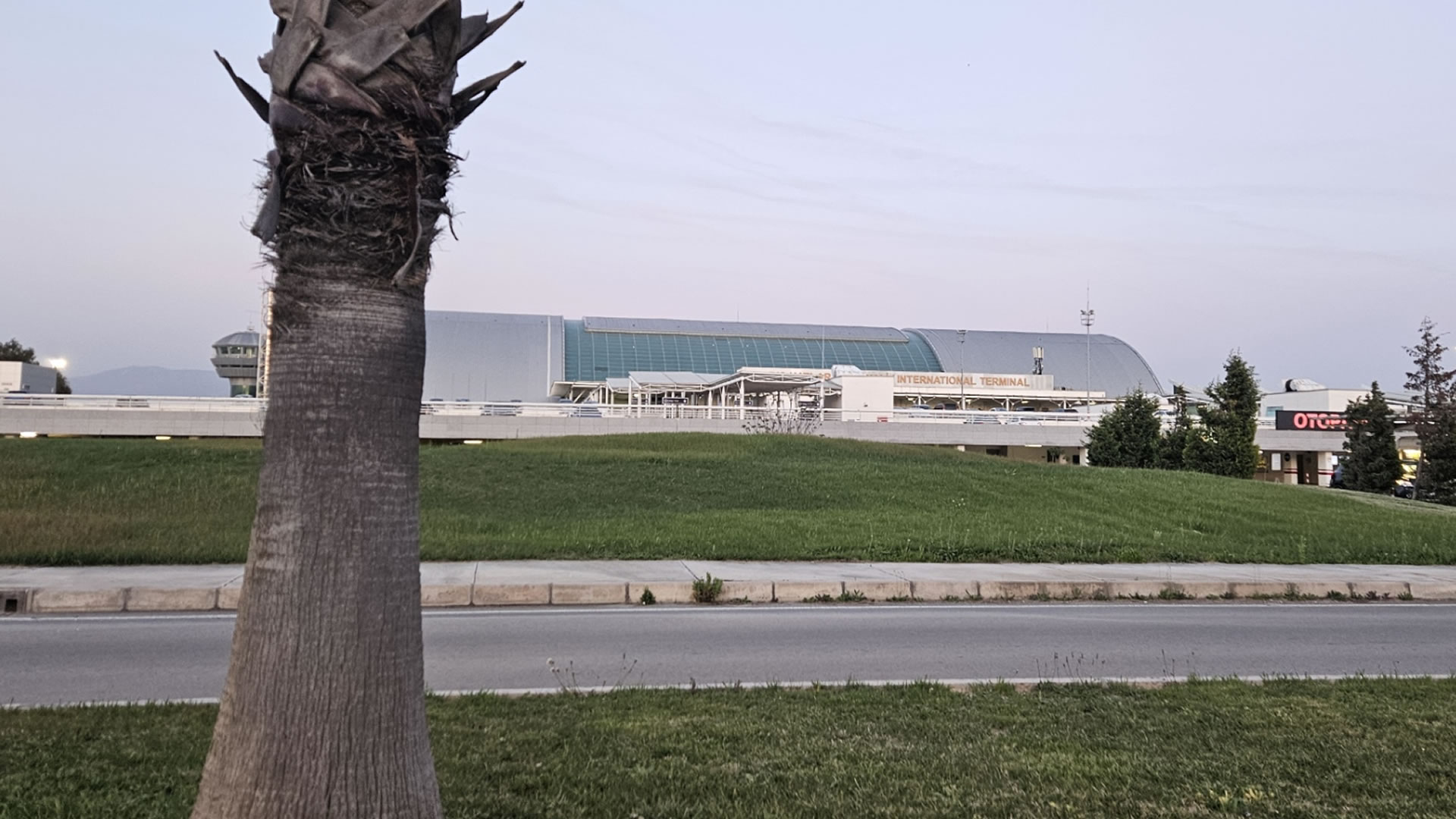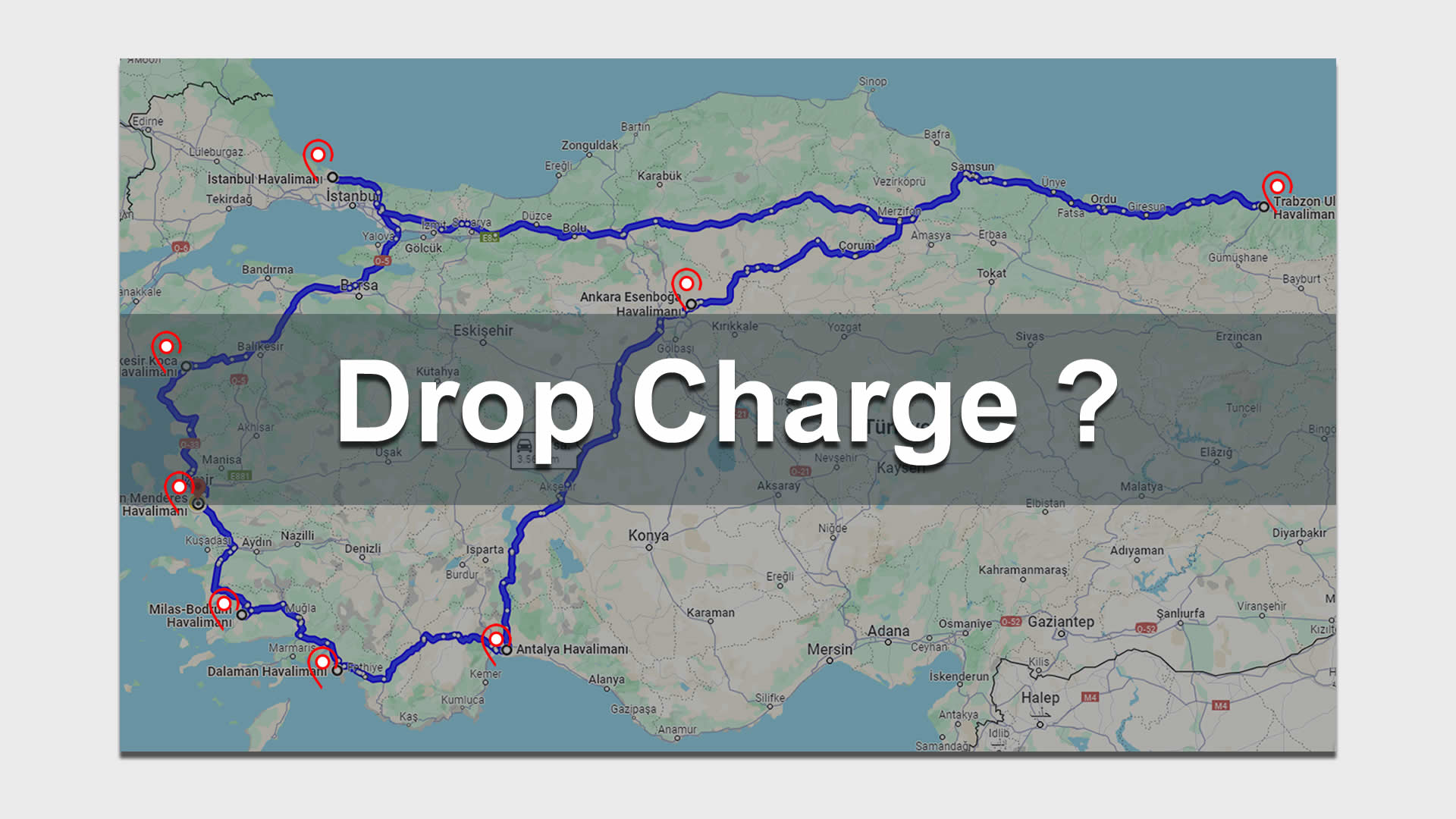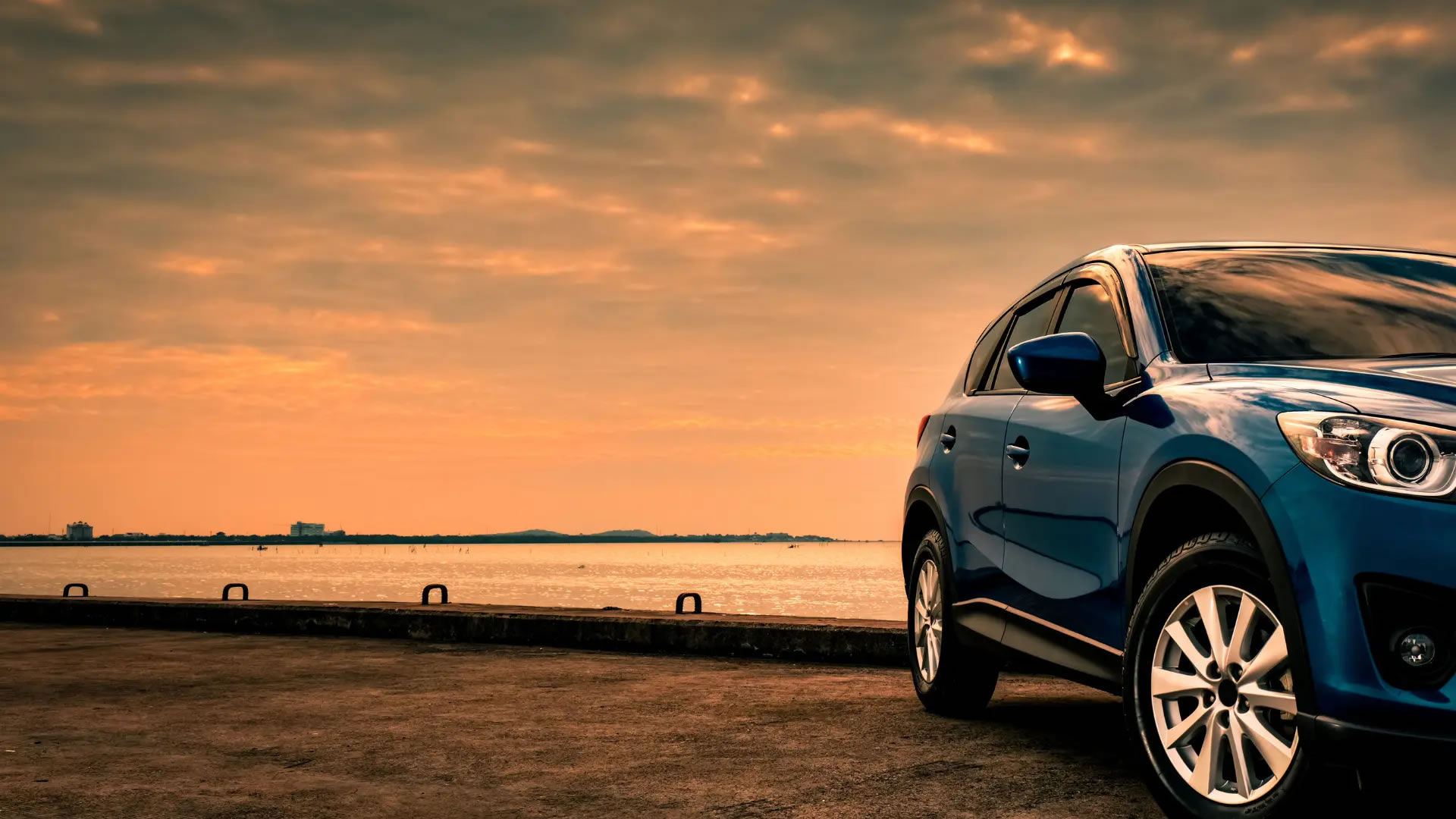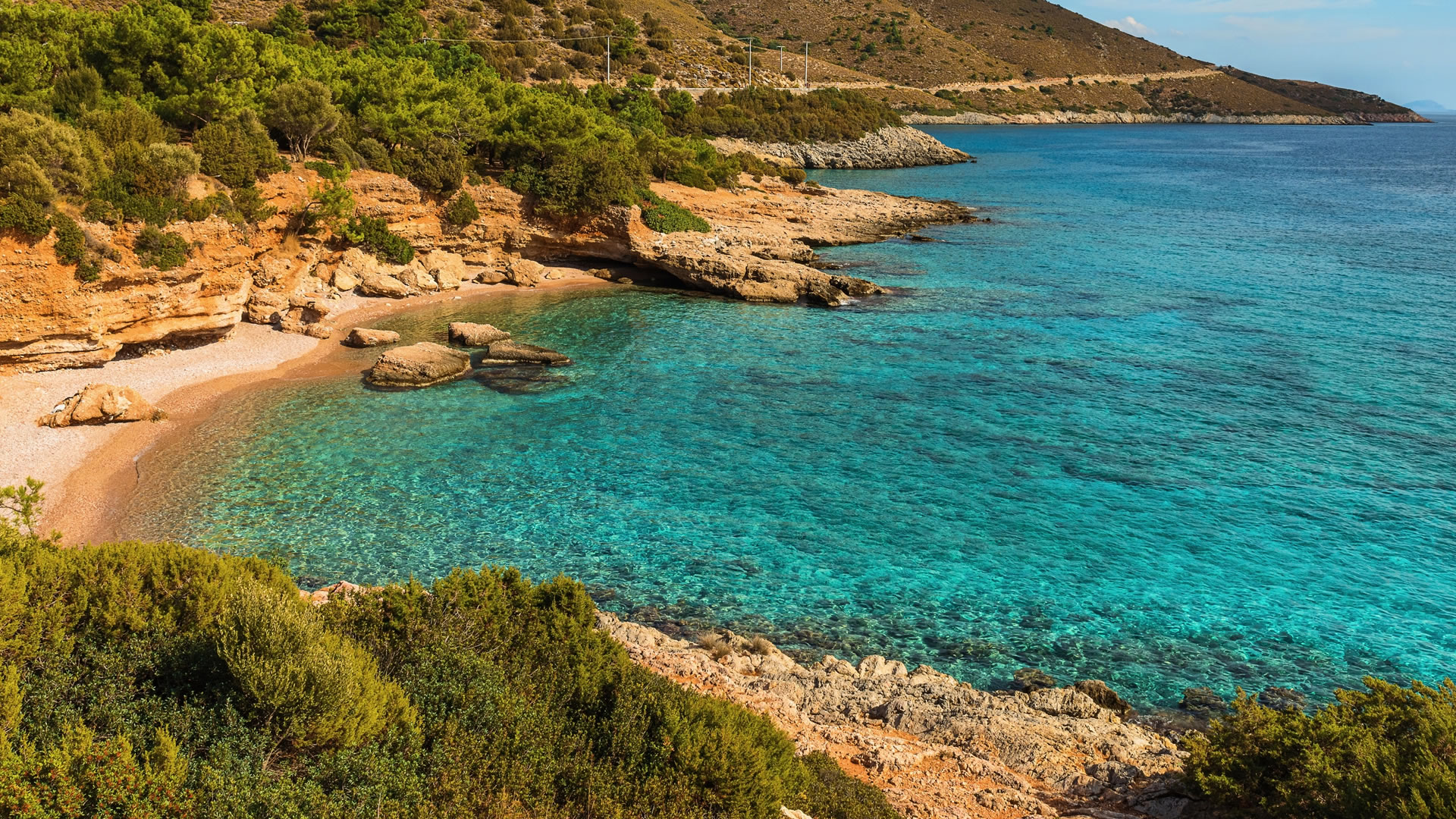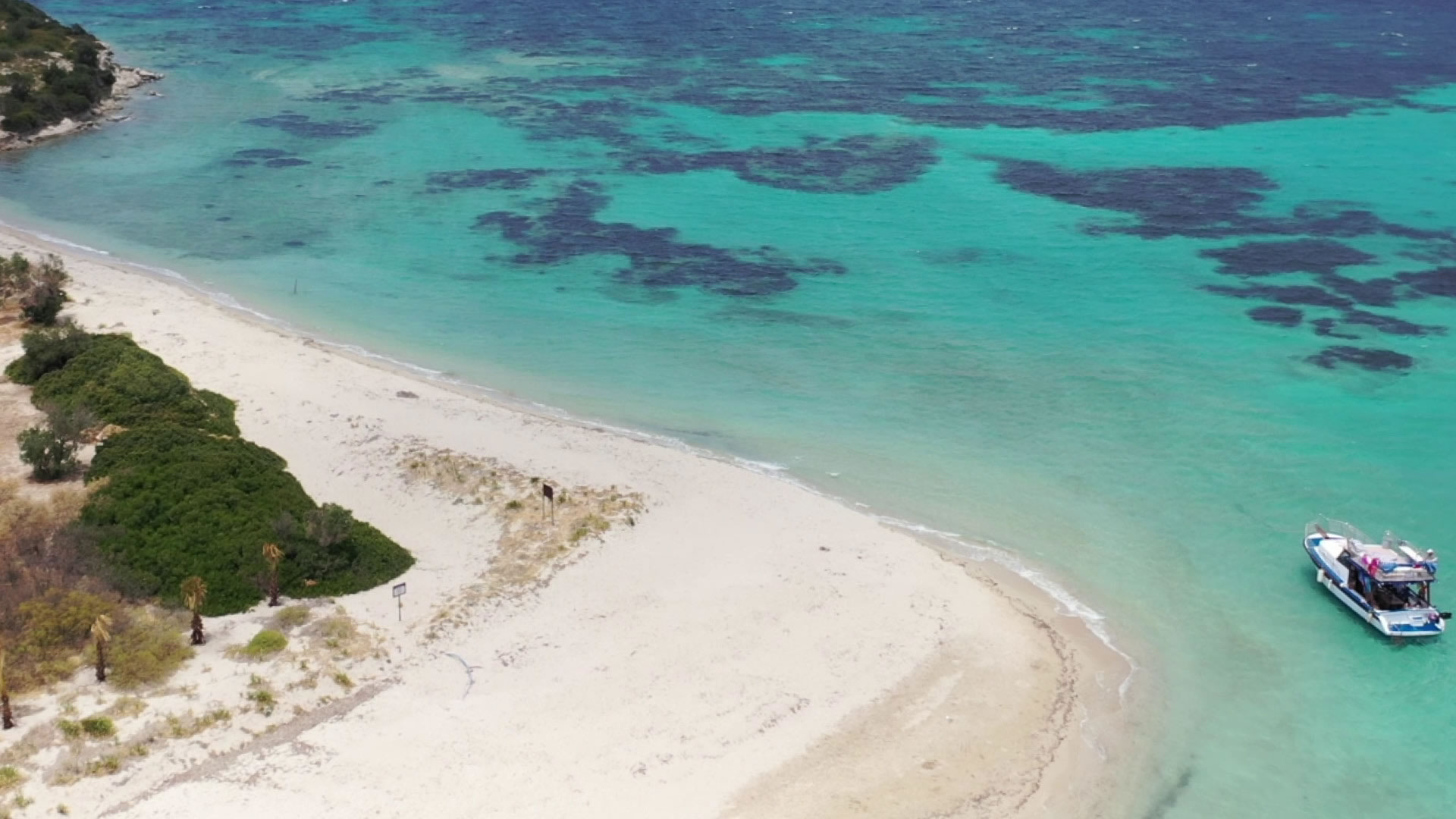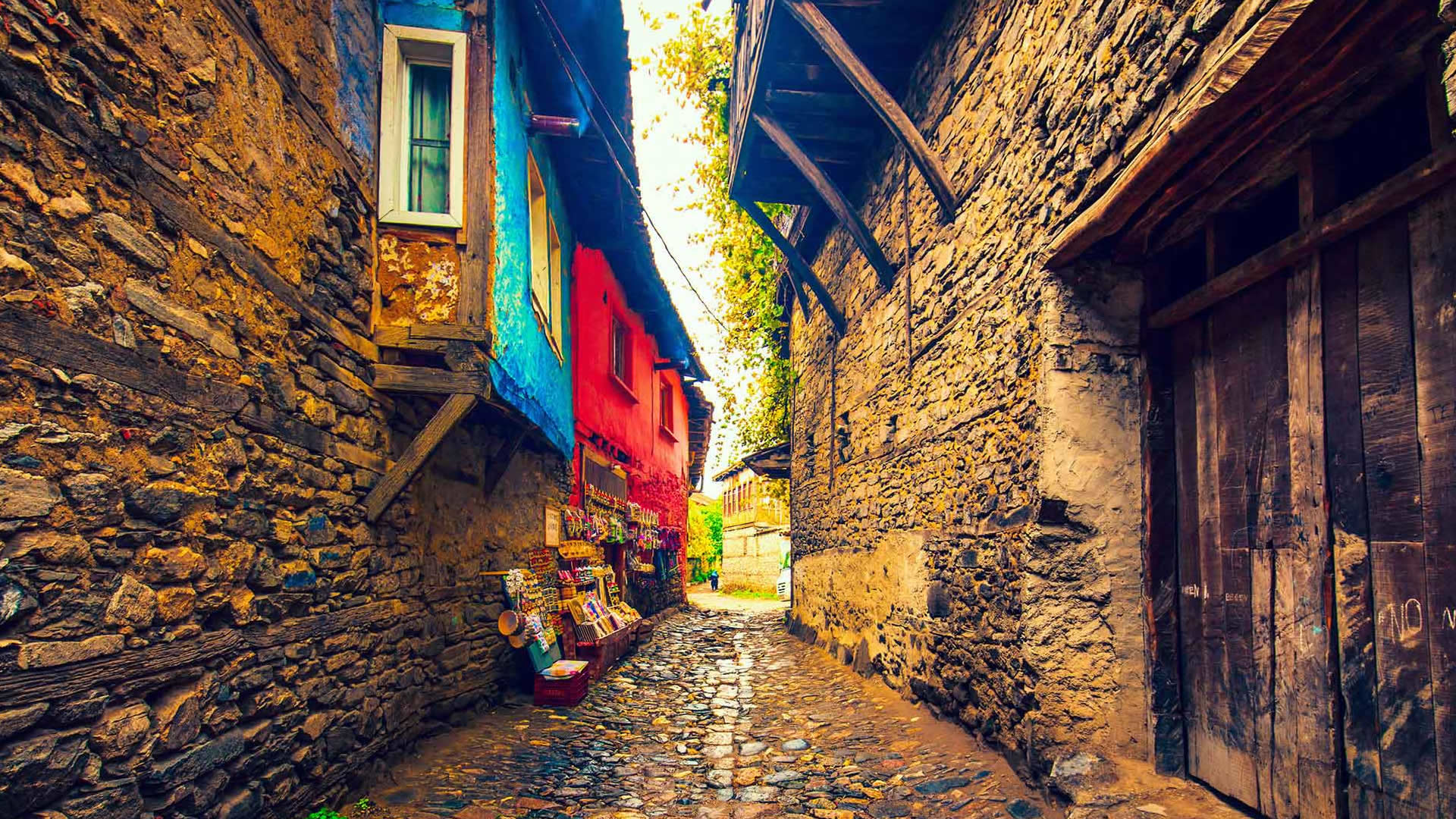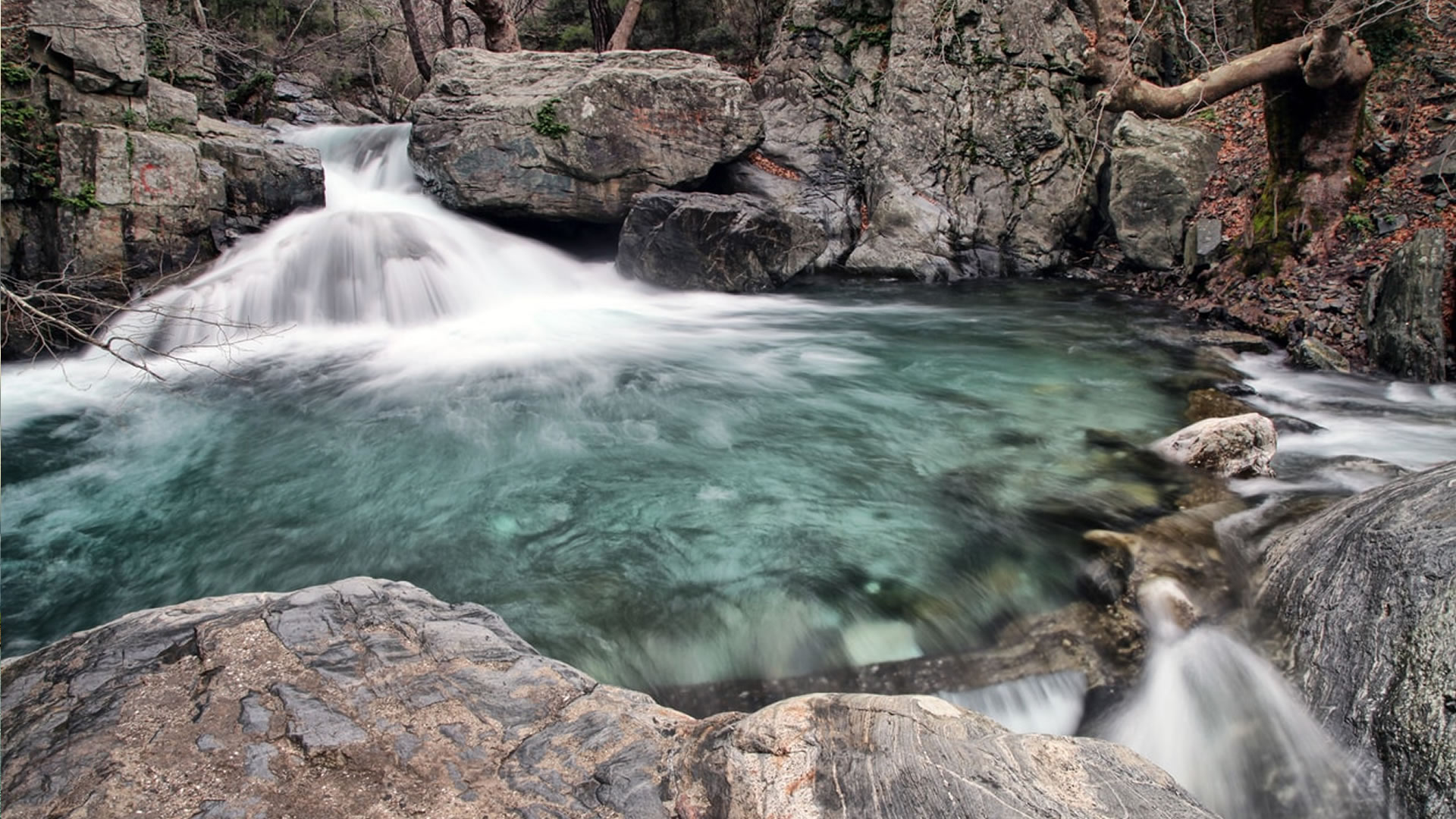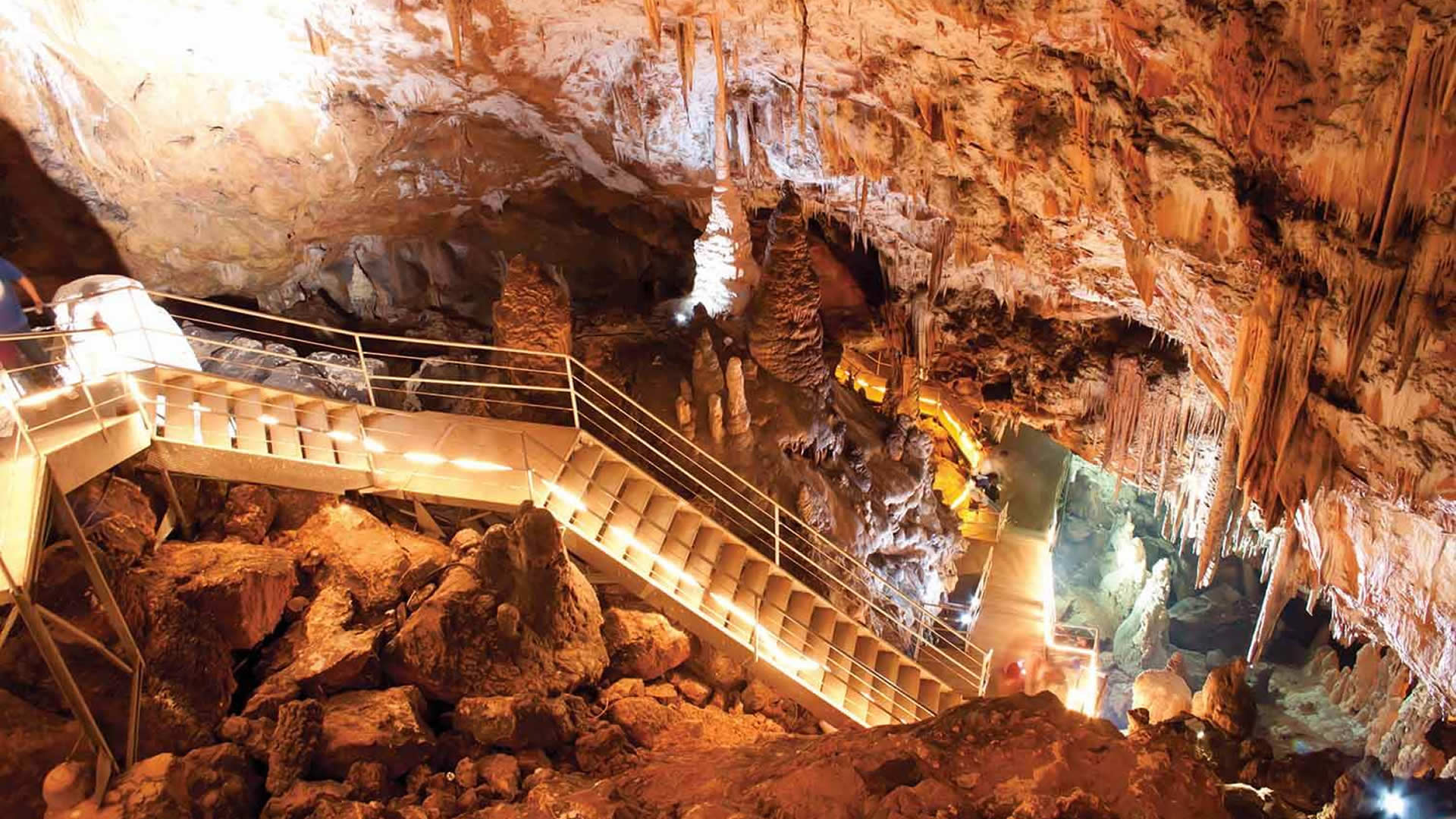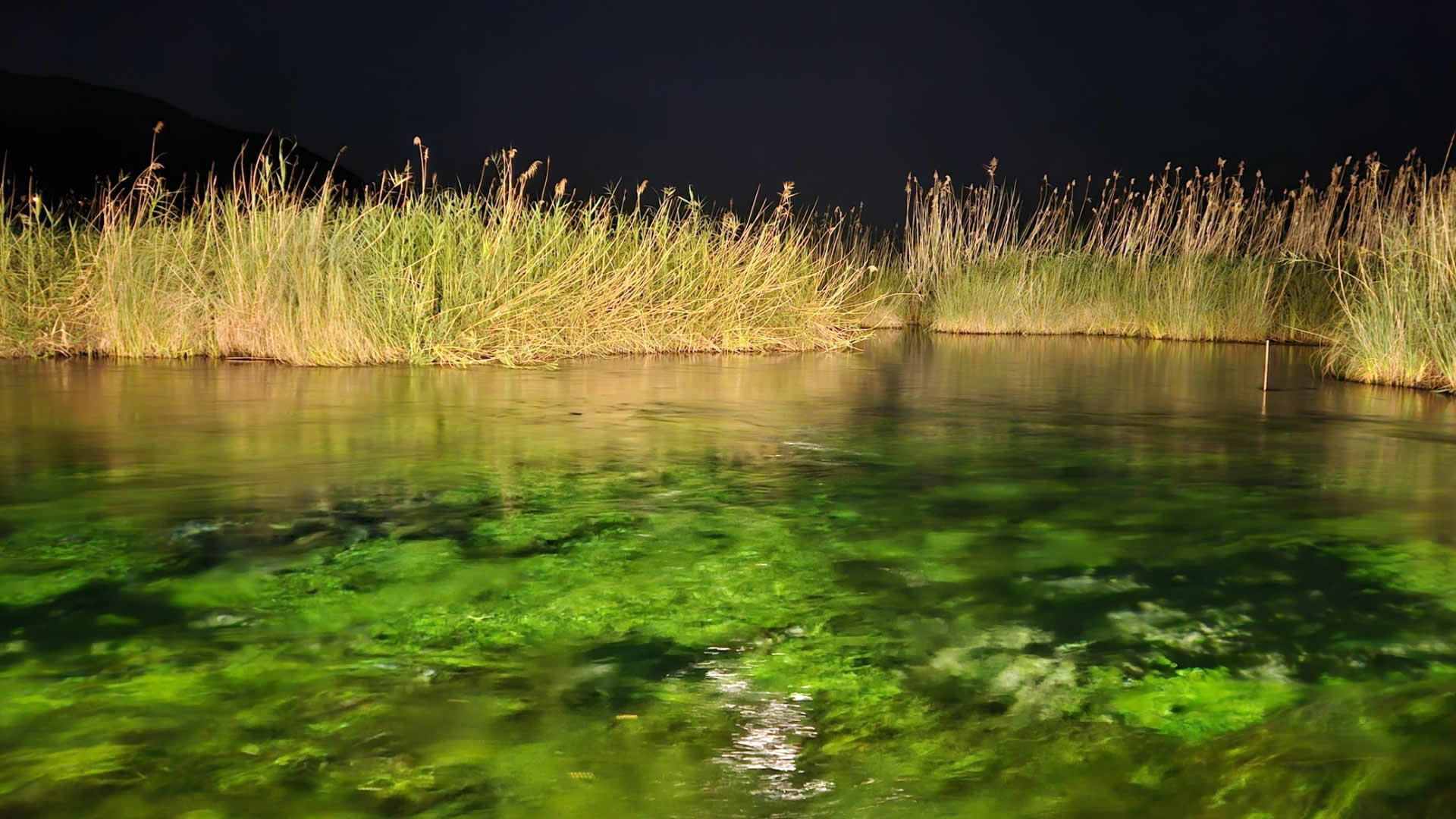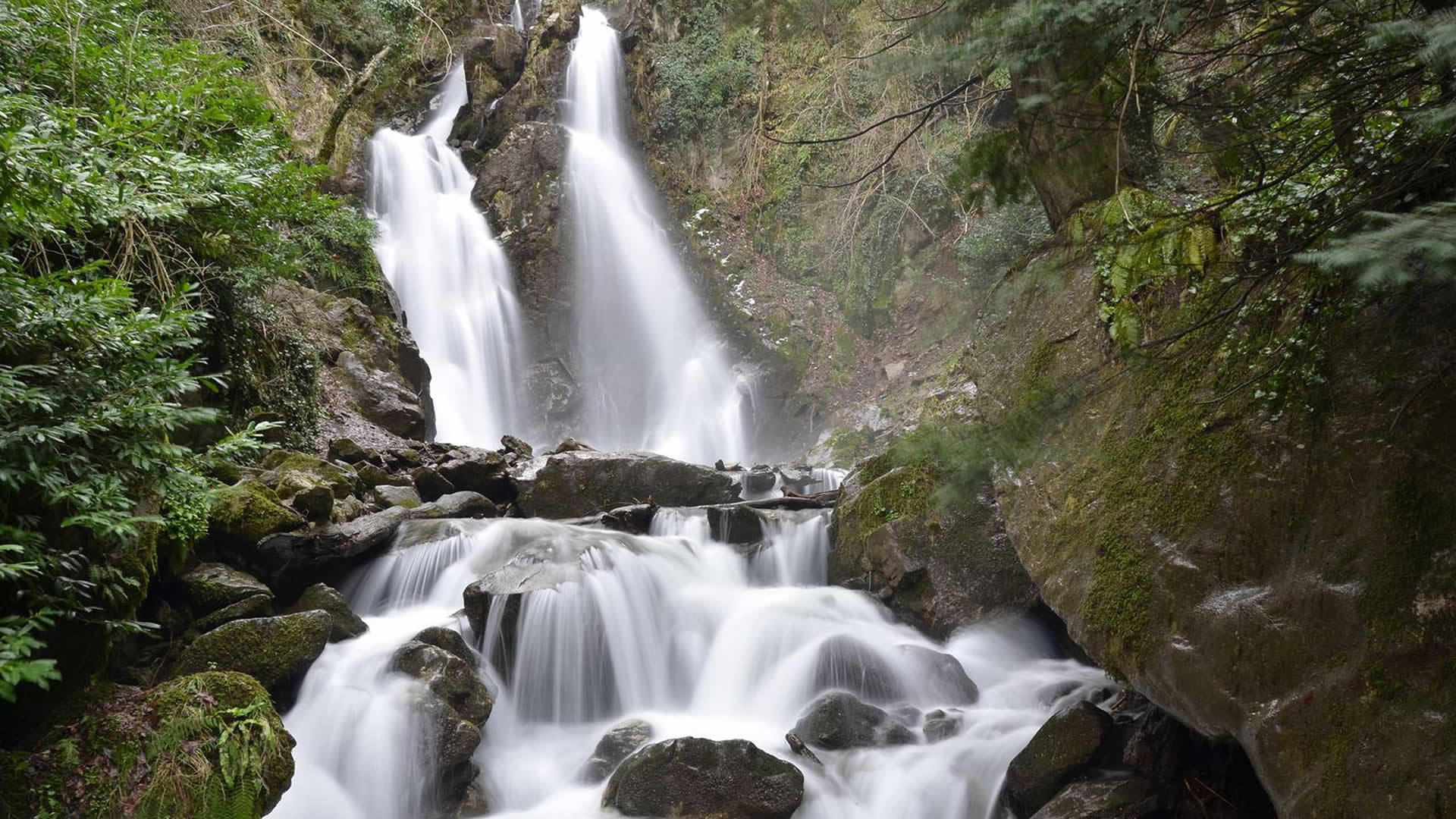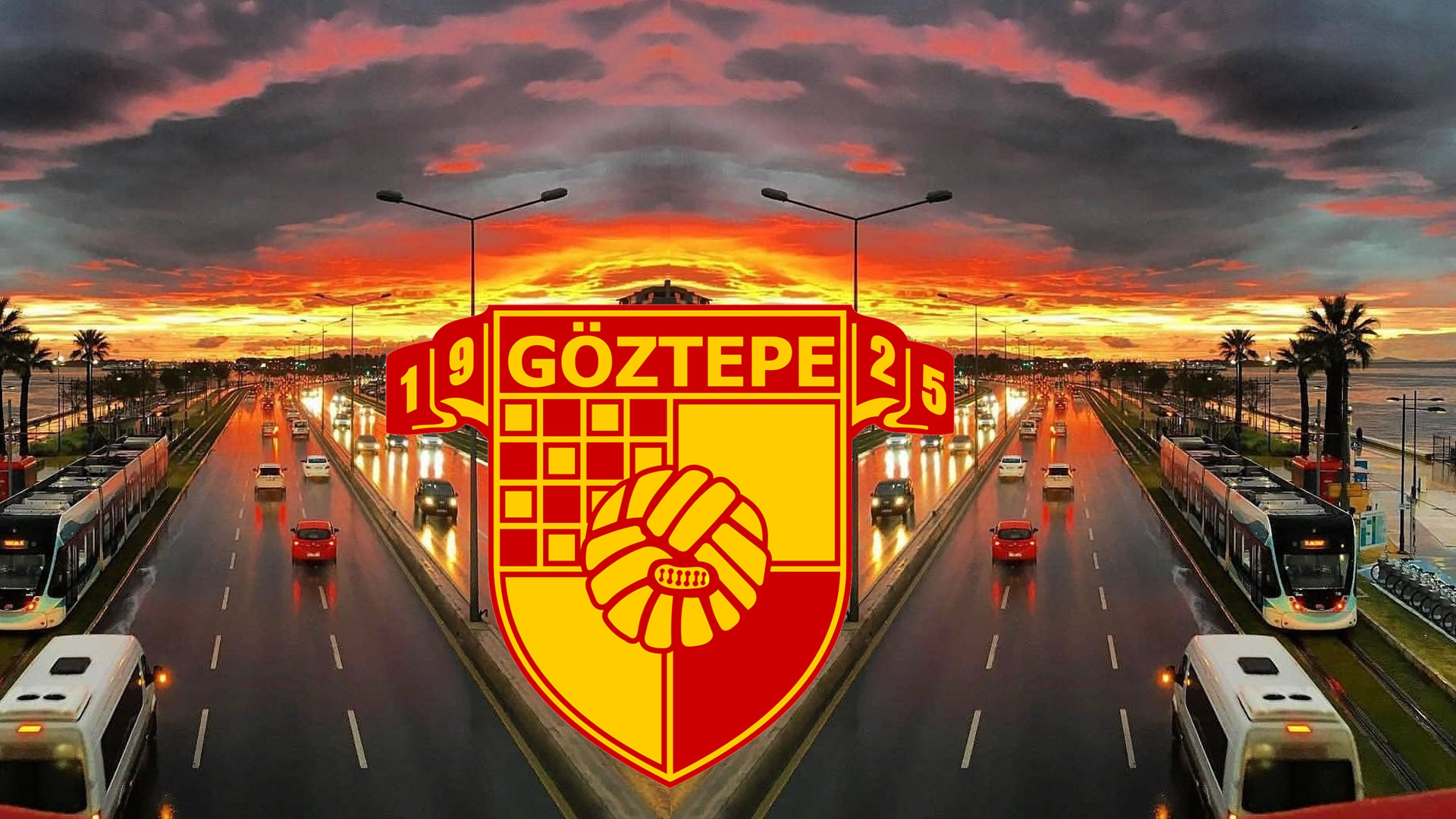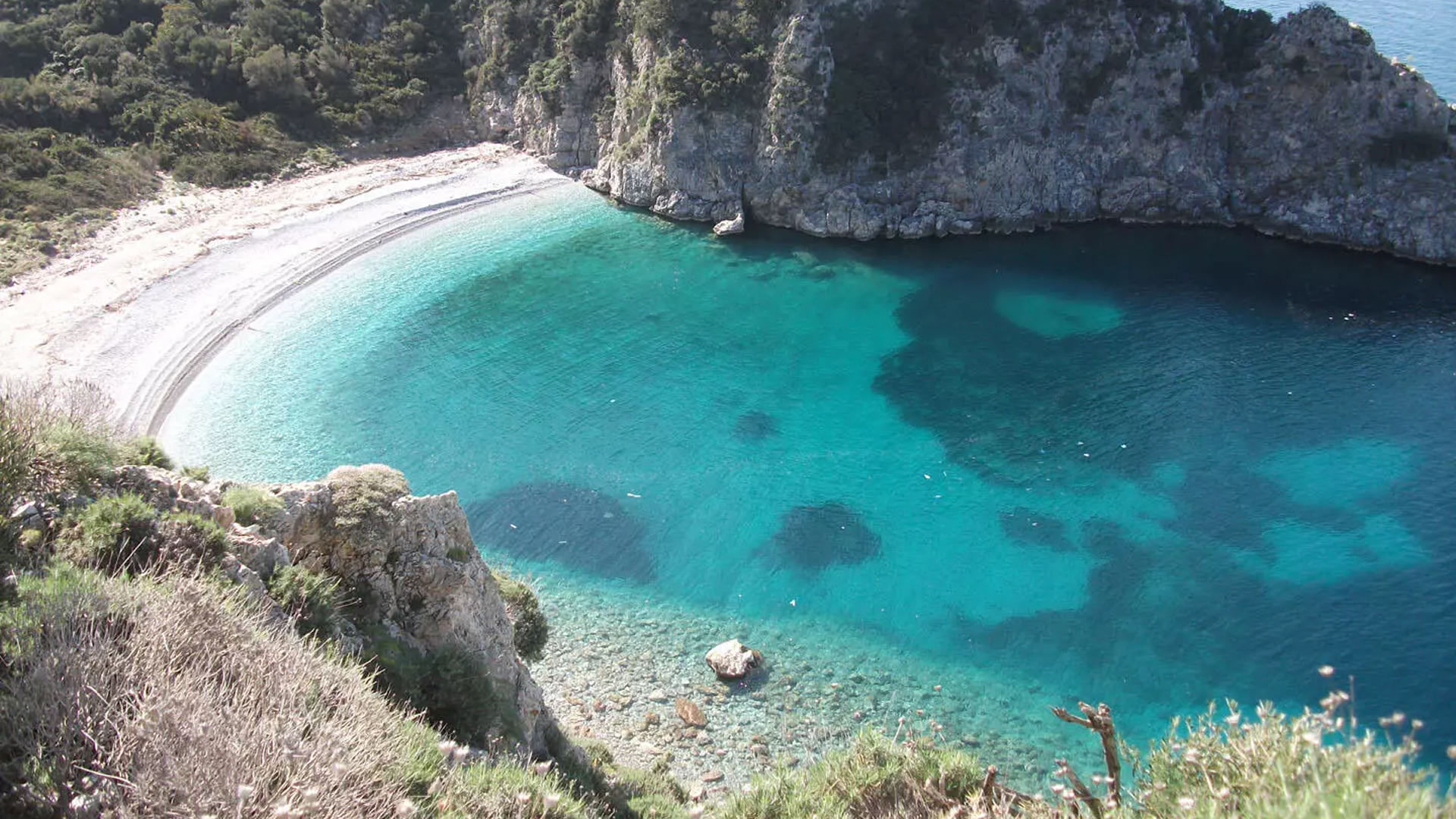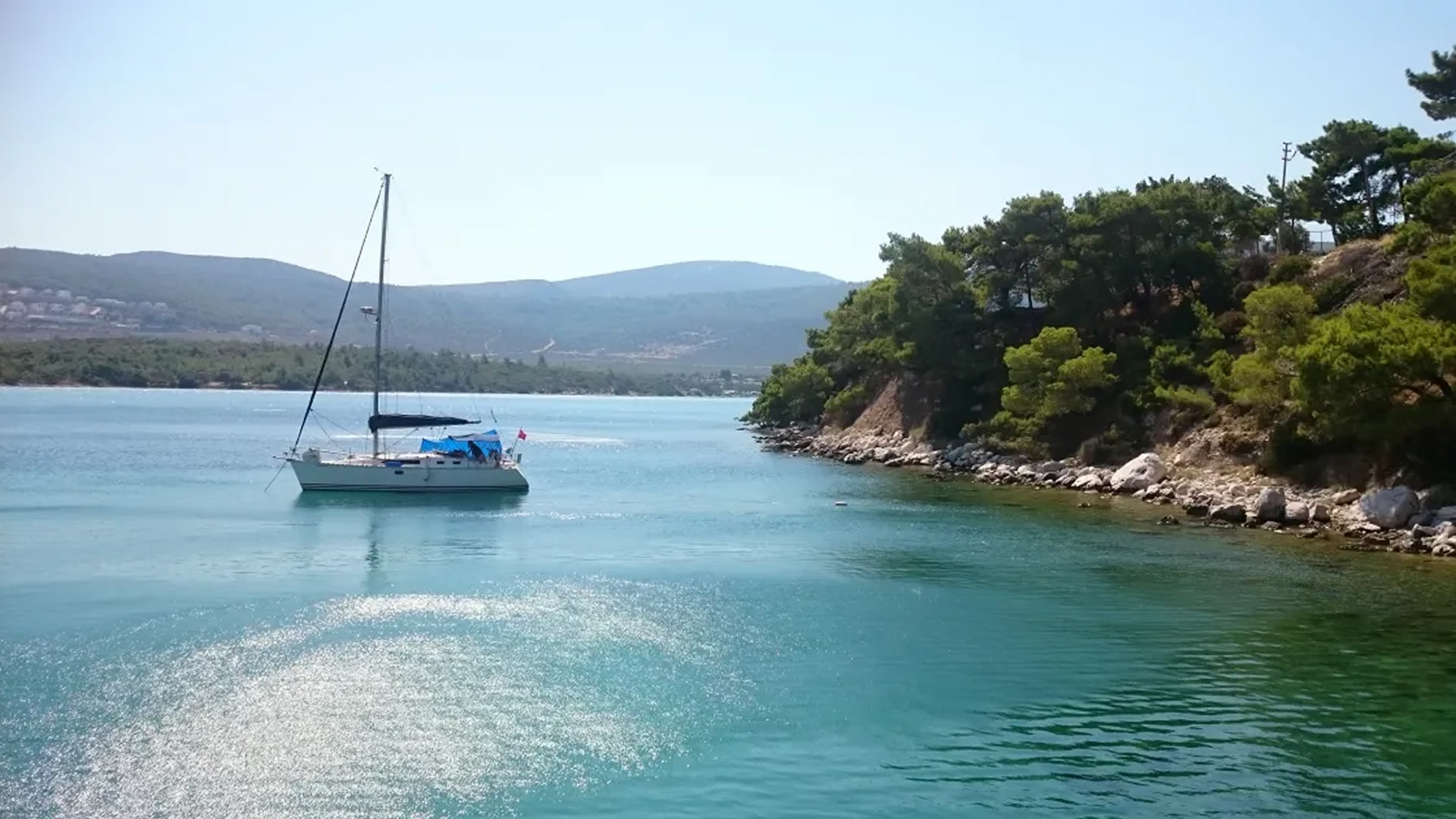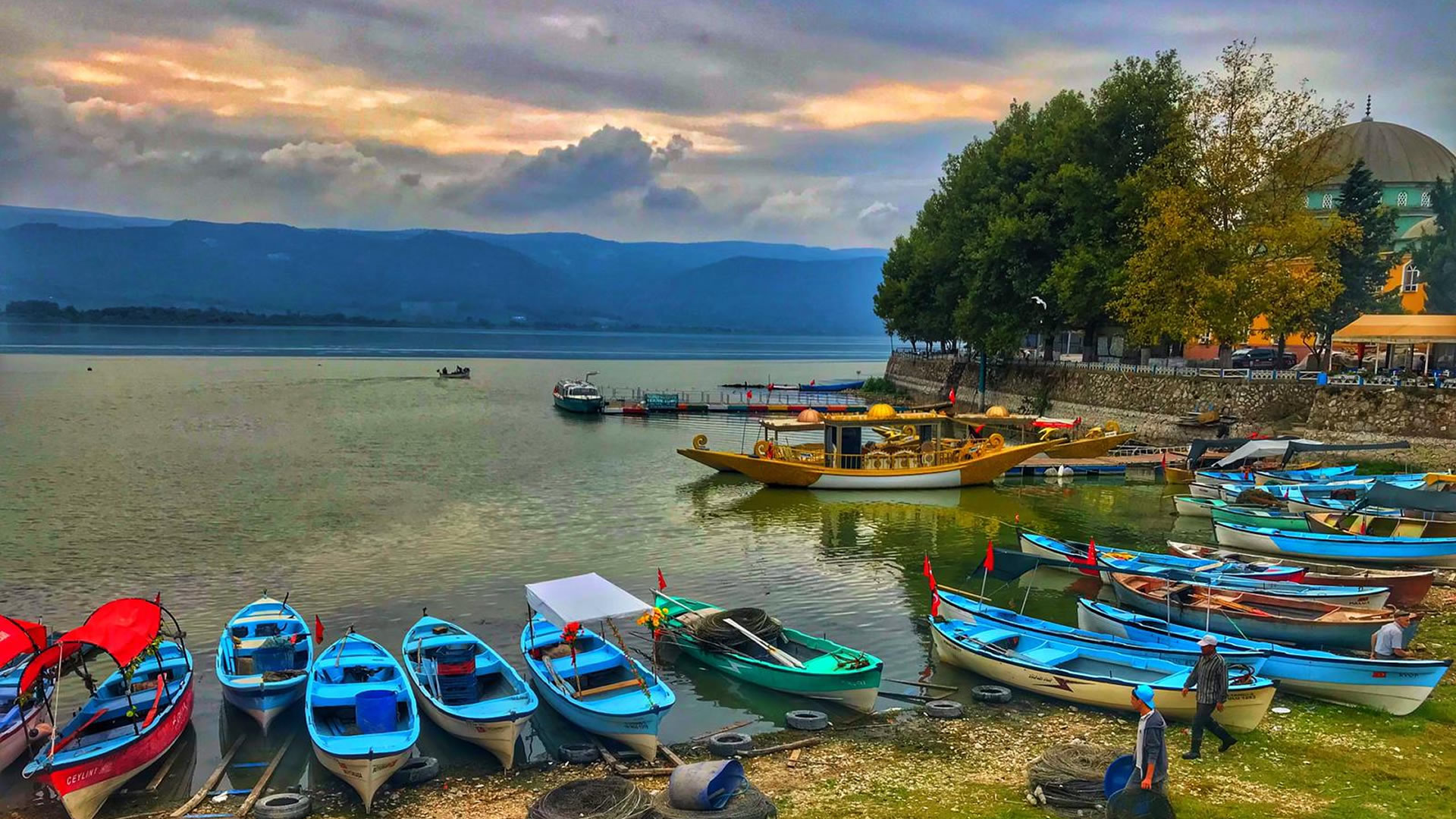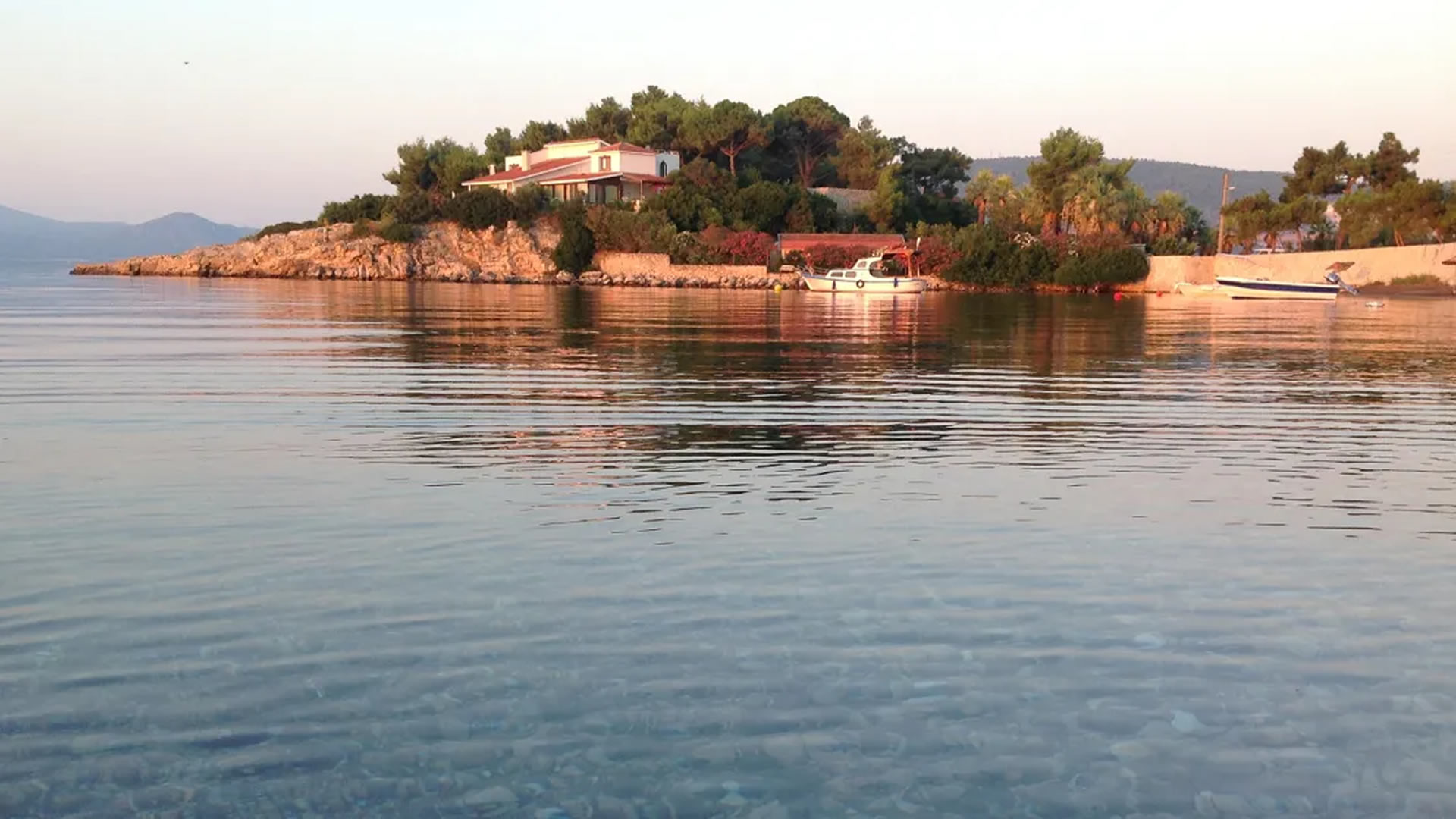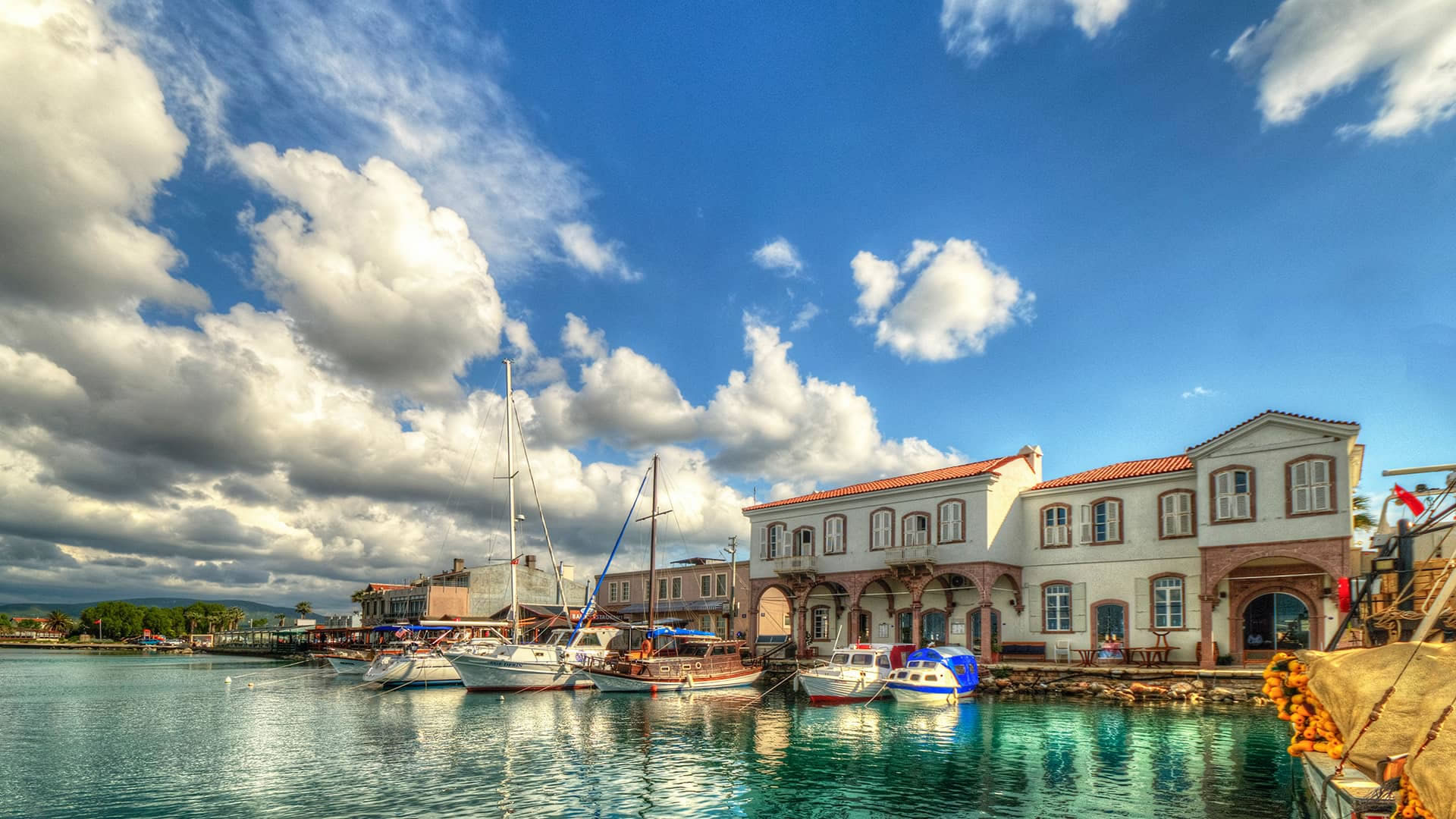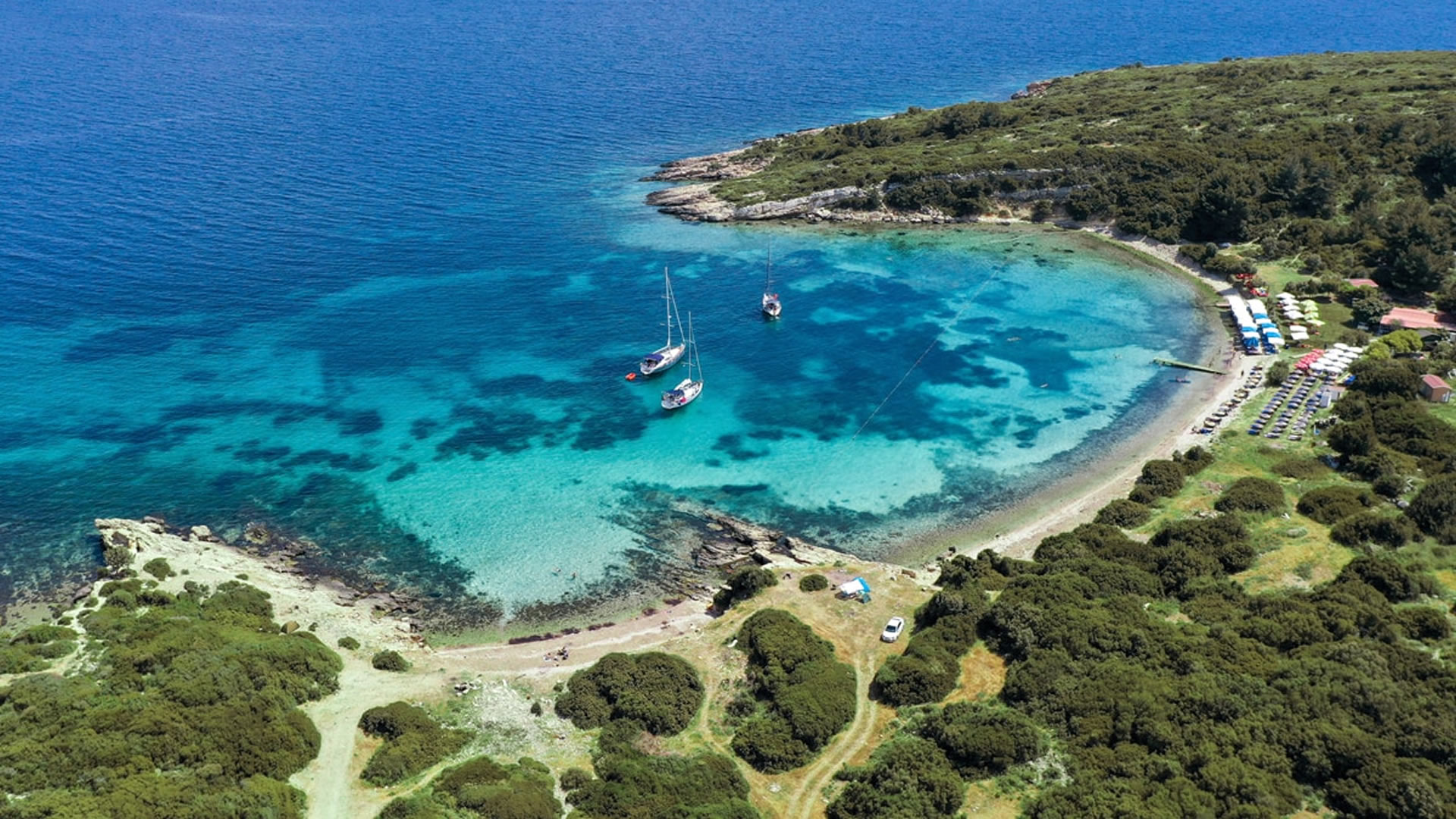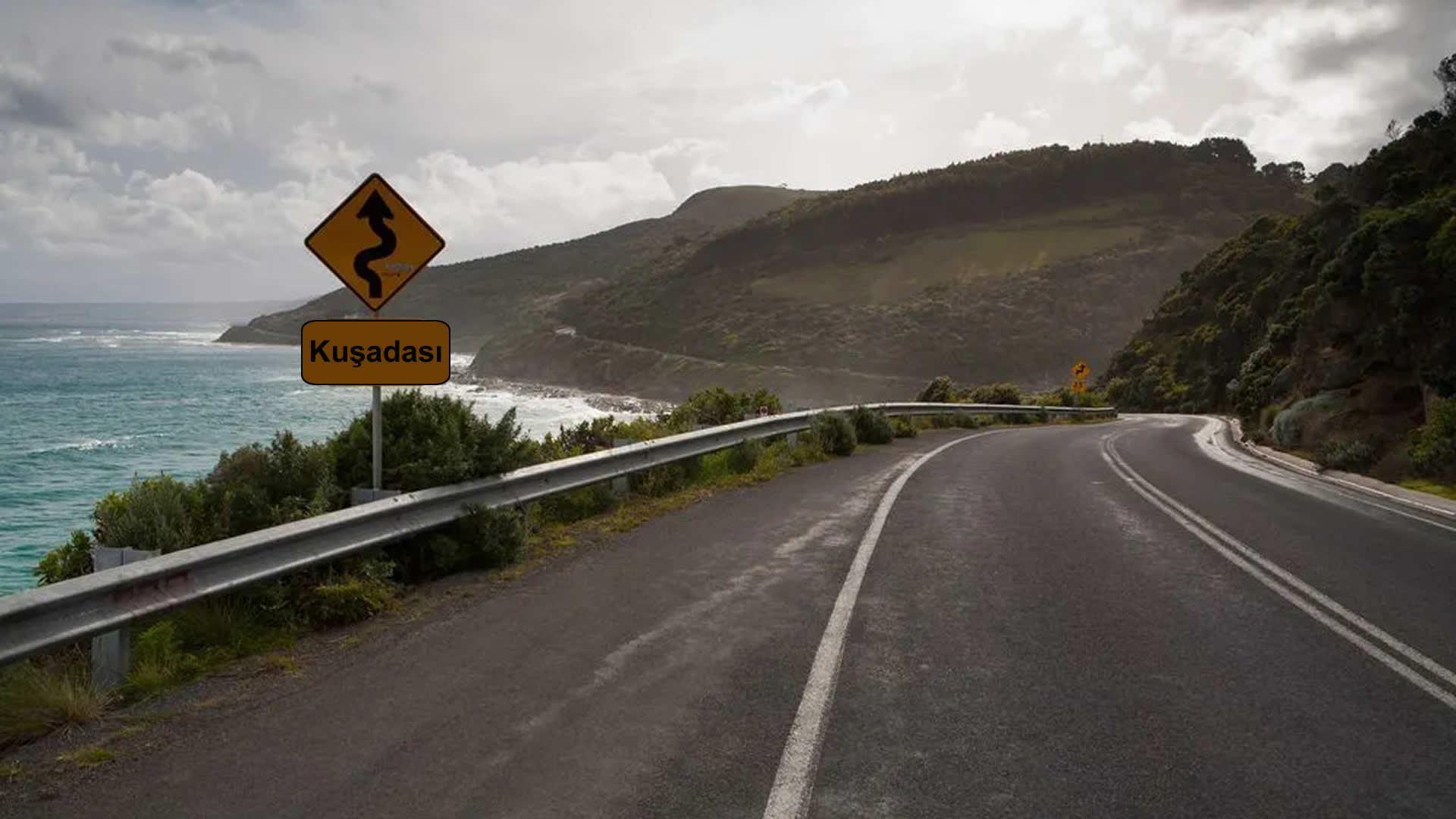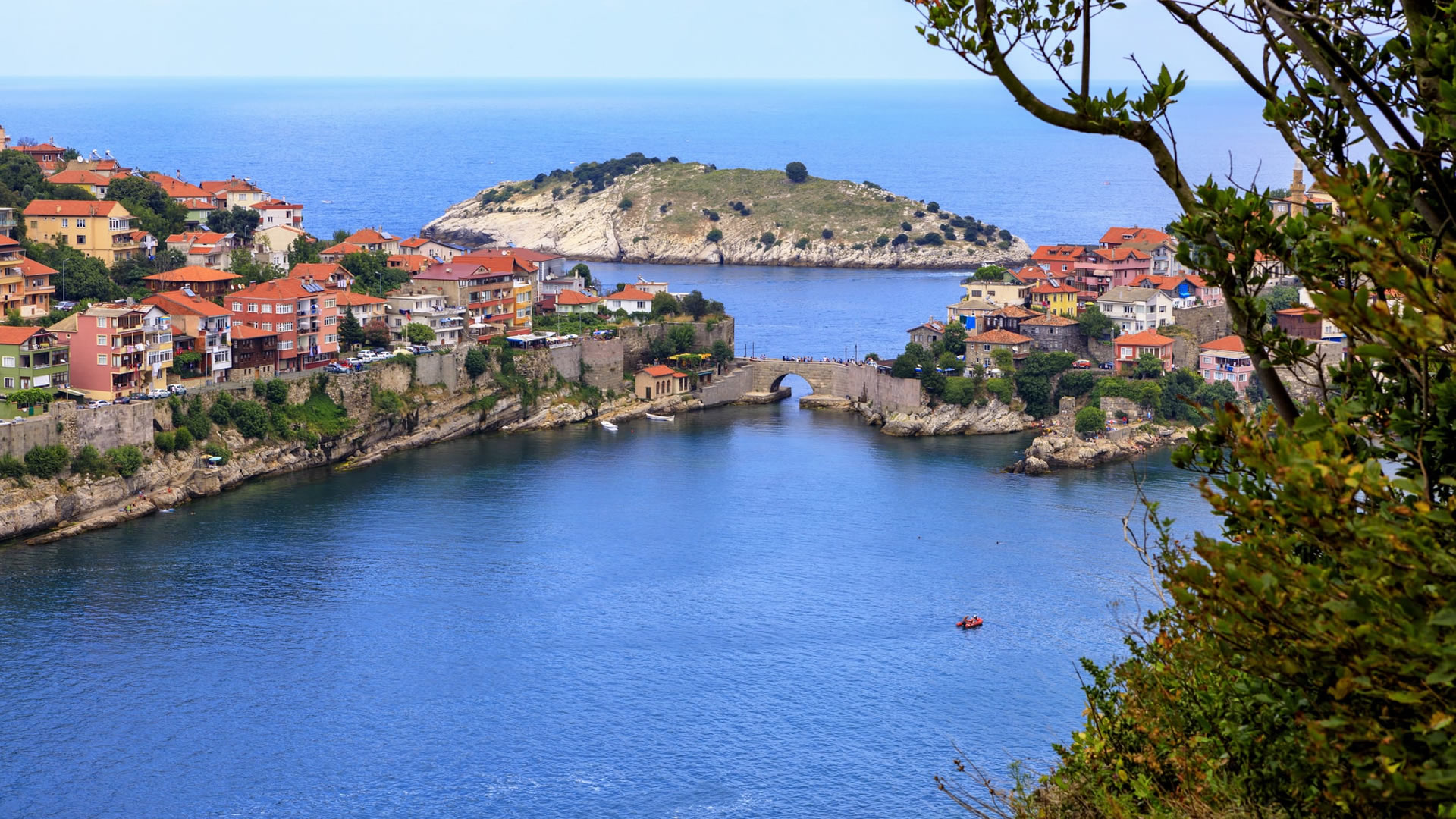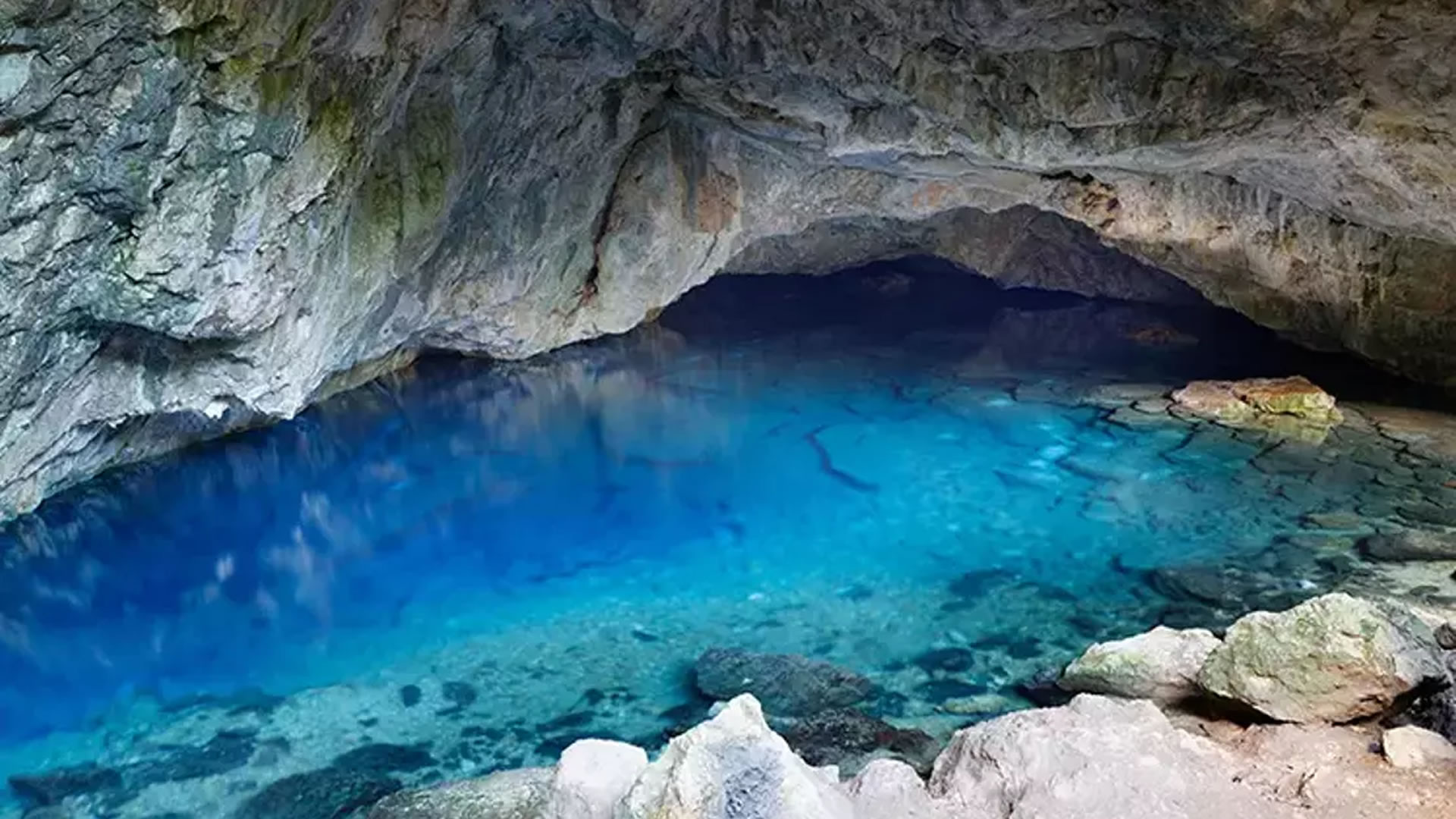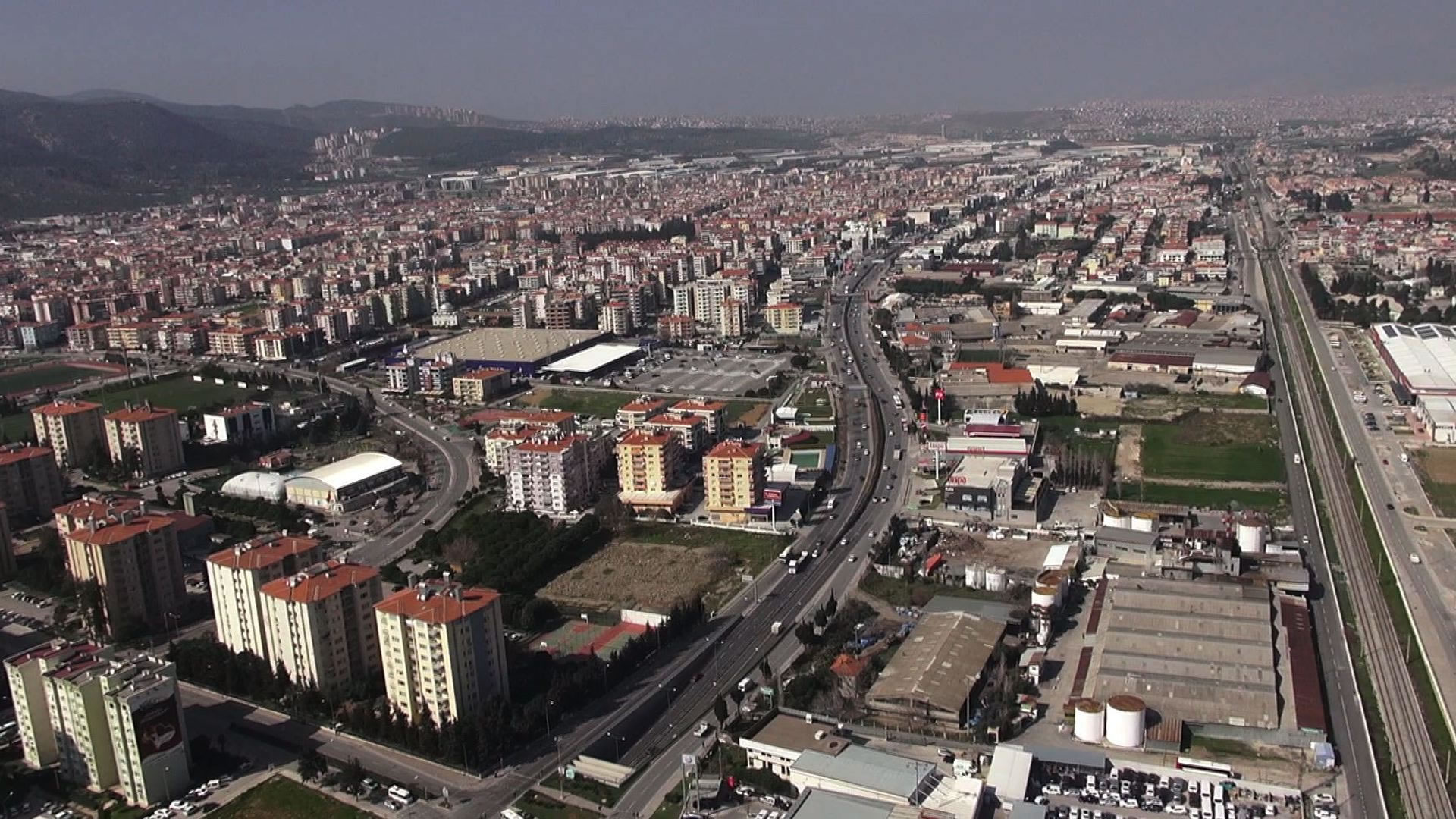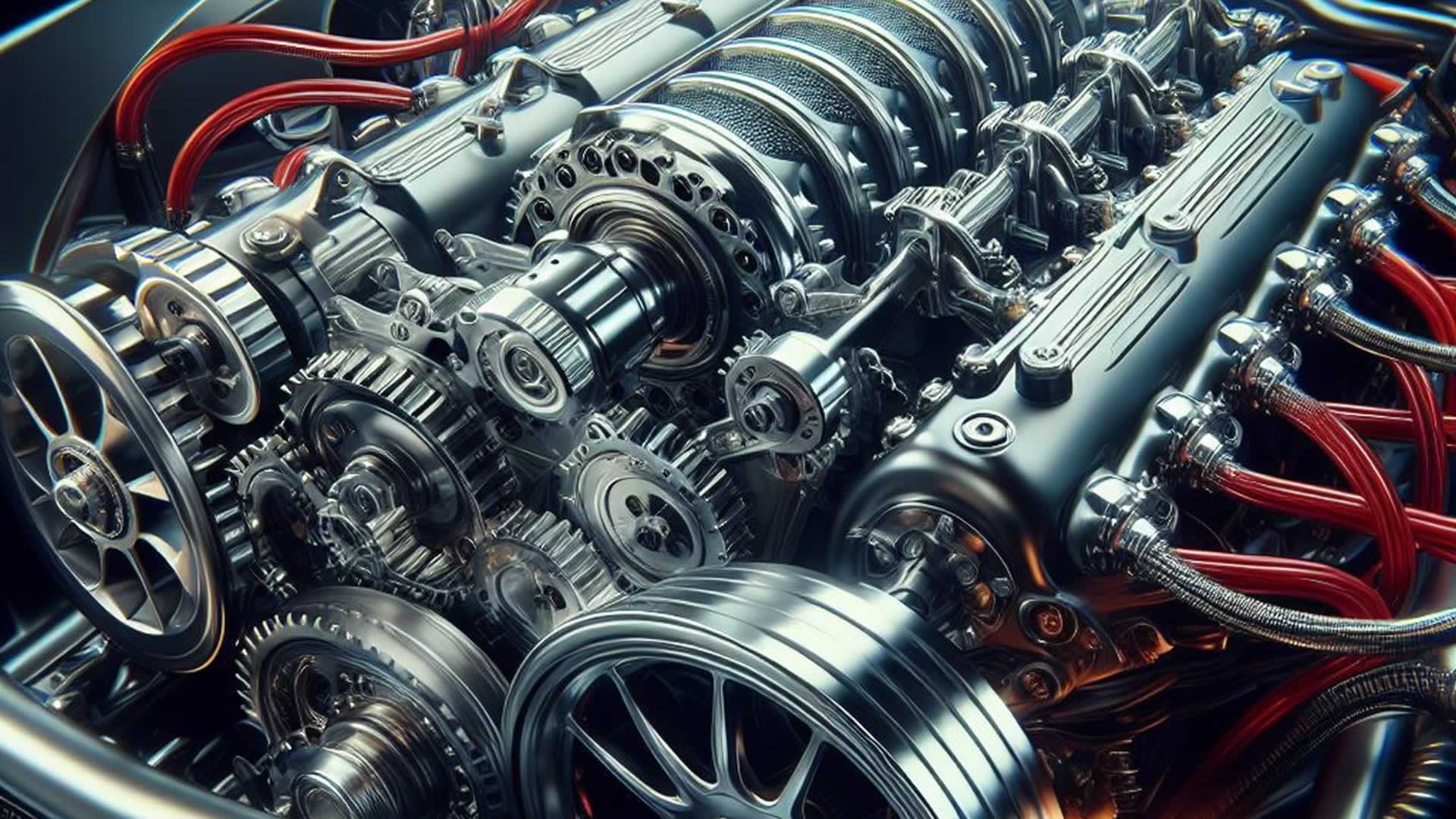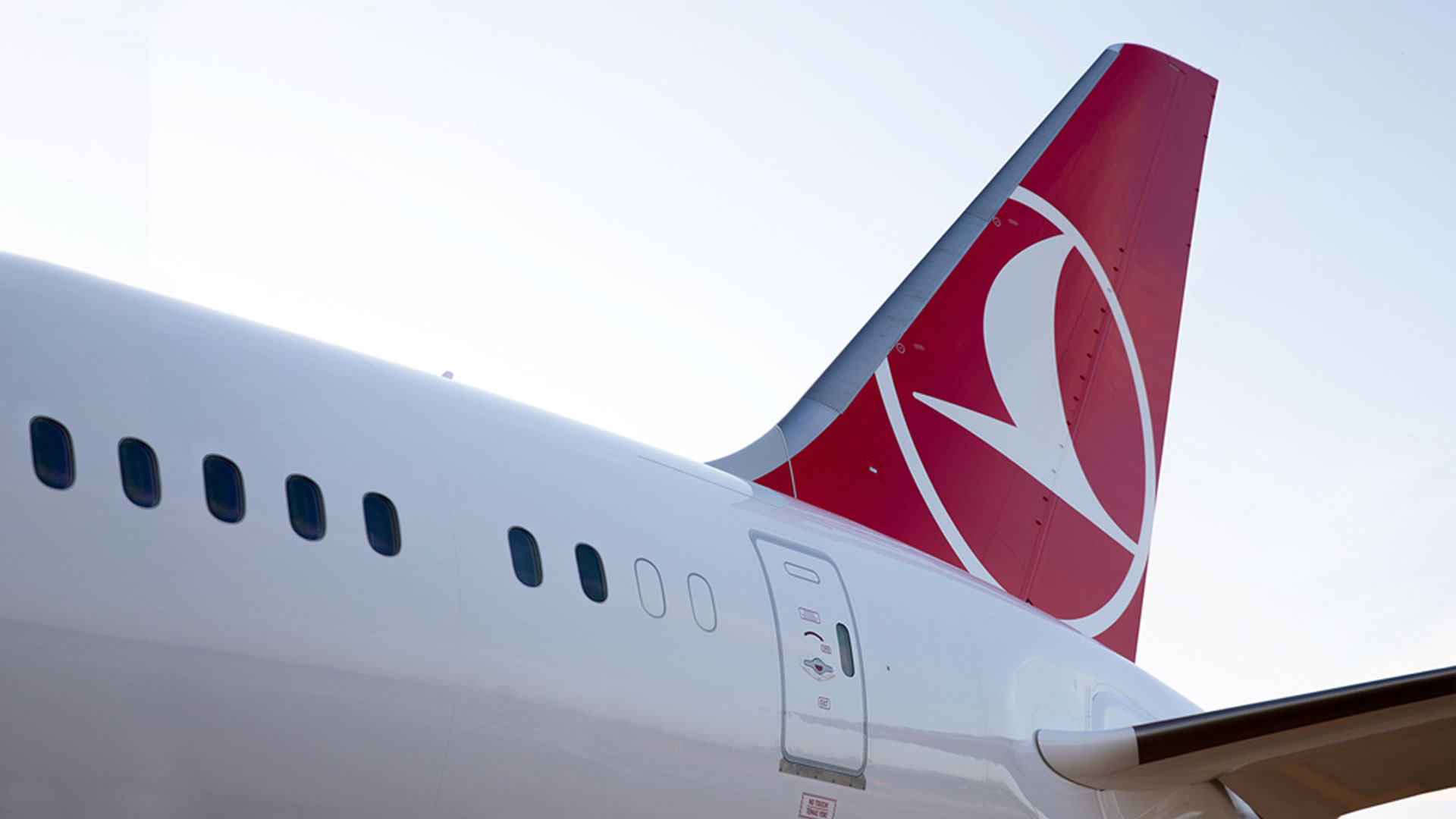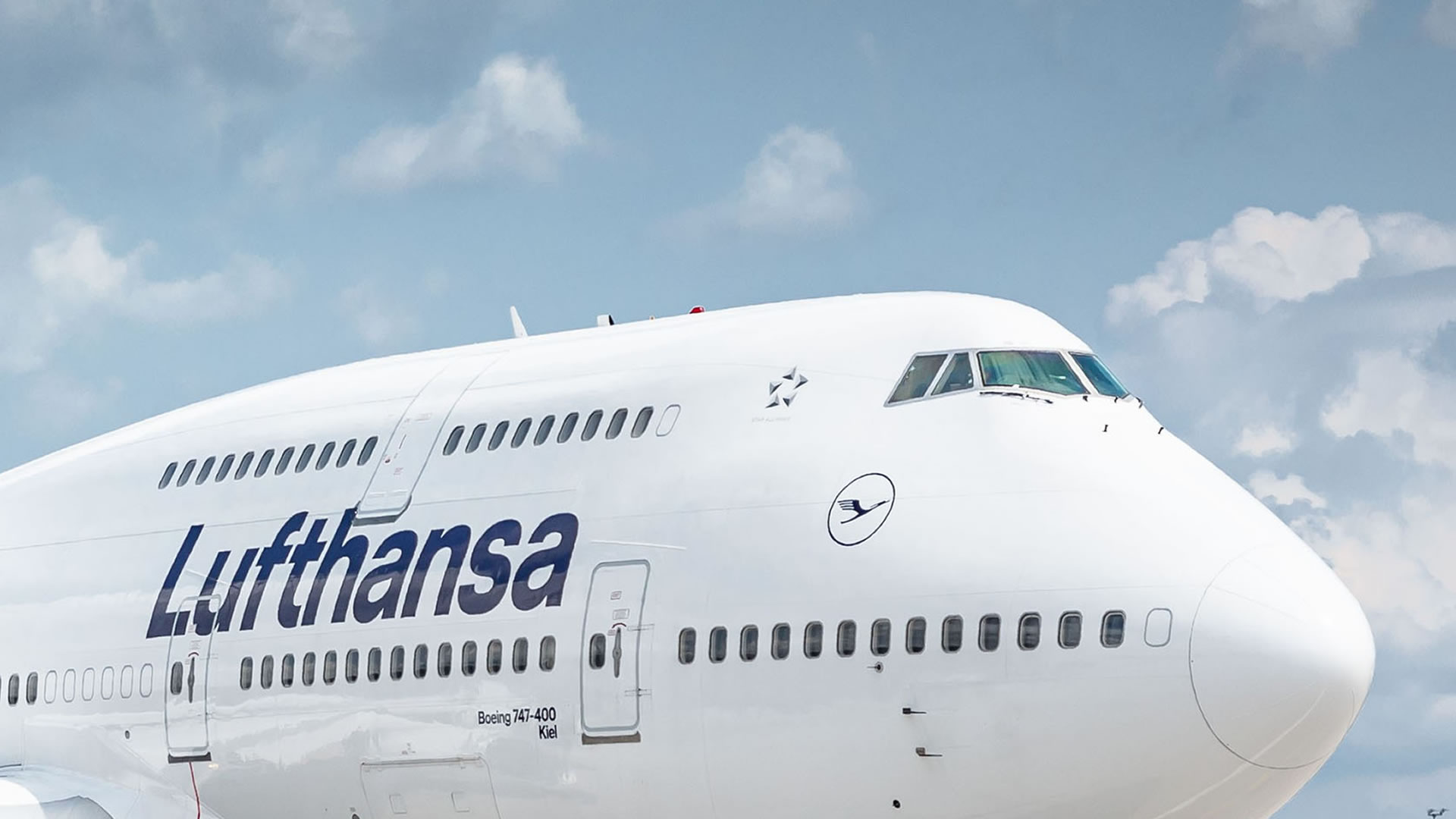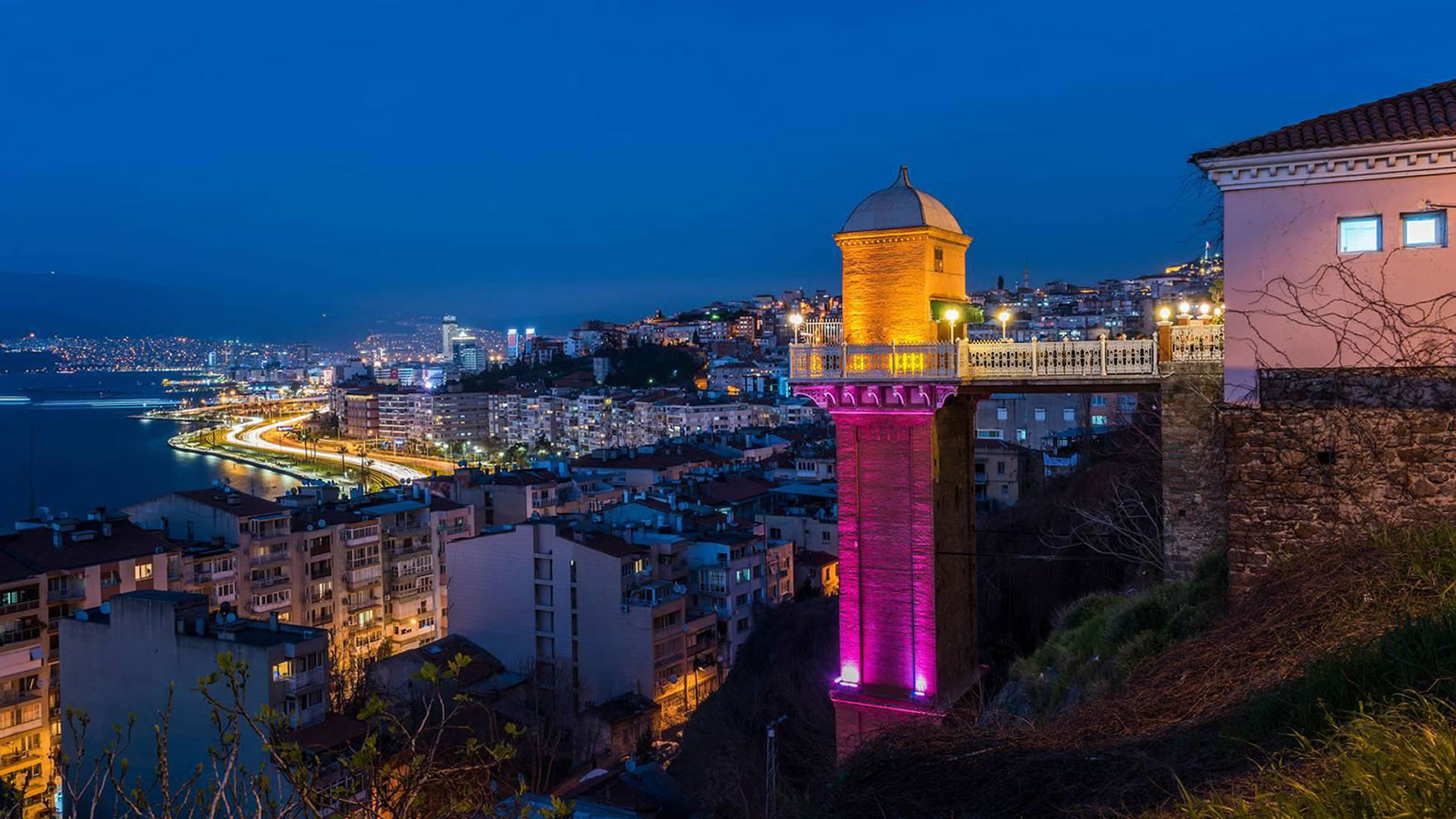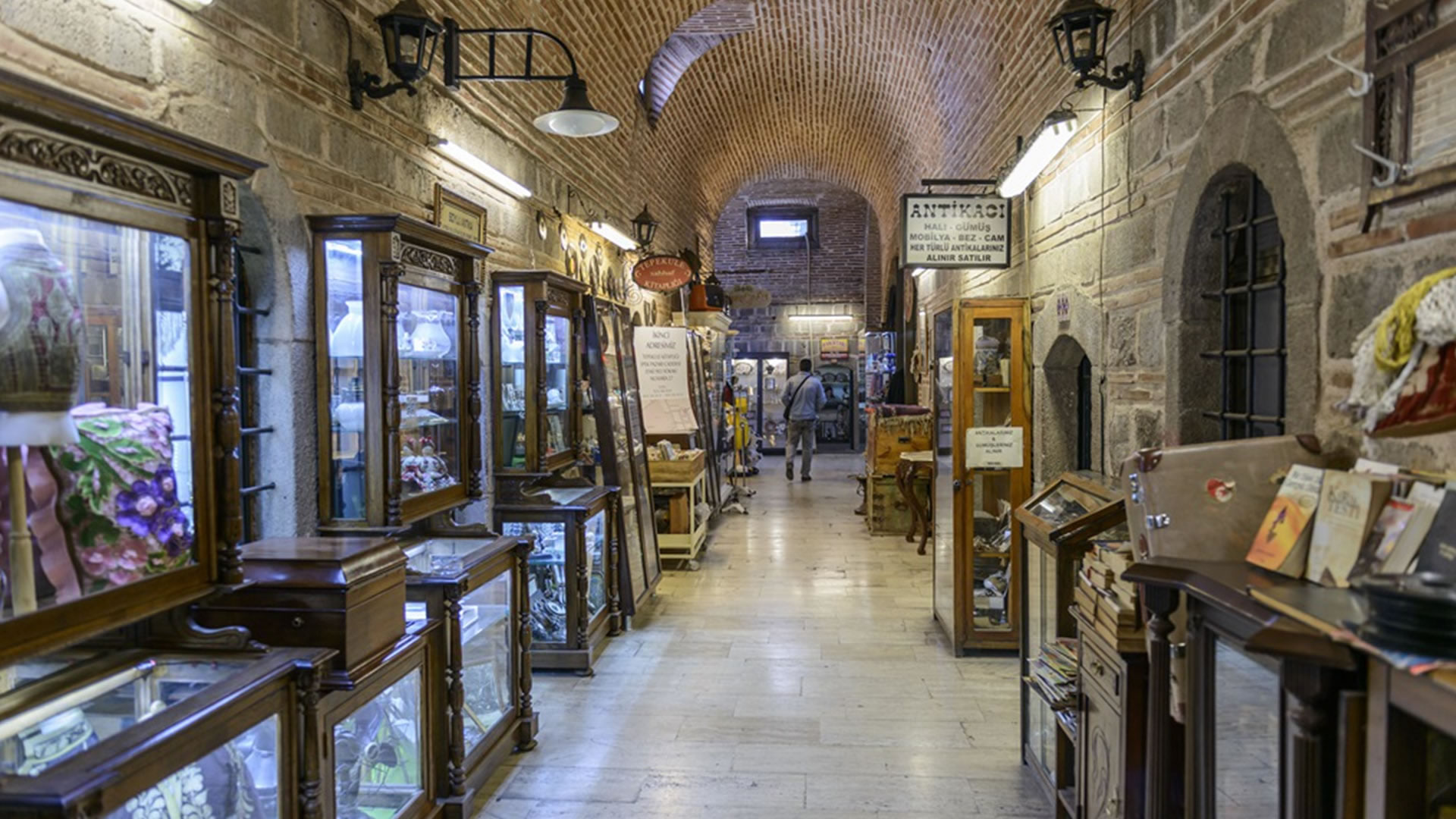Statues of Mount Nemrut Monuments Rising from the Depths of History

Mount Nemrut is a magnificent mountain located in the southeast of Turkey, within the borders of the Adıyaman province, housing an impressive archaeological site. At the summit of this mountain lies the monumental tomb and statues of the Kingdom of Commagene. The Statues of Mount Nemrut are known for their cultural and historical significance and have been recognized as a world heritage site. In this article, we will focus on the period when the Statues of Mount Nemrut were constructed and their significance.
The Statues of Mount Nemrut were commissioned in the 1st century BCE by the ruler of the Kingdom of Commagene, Antiochus I. These statues were created with the purpose of portraying Antiochus as a divine figure and emphasizing the boundaries of his kingdom. Antiochus saw himself as a synthesis of Hellenistic (Greek-influenced) and Persian cultures, and traces of this cultural amalgamation can be seen in these statues.
The purpose behind the construction of these statues at Mount Nemrut was to delineate the boundaries of the kingdom, accentuate the power of the kingdom, and depict Antiochus as a divine figure. Additionally, it is believed that these statues aimed to represent the relationship between gods and kings, strengthening Antiochus's connection with the divine.
The most striking feature of the statues found on Mount Nemrut is their colossal size and representation of various figures. At the center of the statues stands a magnificent throne where Antiochus is seated wearing a crown. Surrounding the statues are gods, mythological figures, and animals. Some notable statues and their names include:
The most important statue at Mount Nemrut is the one depicting Antiochus I, the ruler of the Kingdom of Commagene. Antiochus is depicted seated on the throne wearing a crown, representing him as a divine figure.
Apollo is an important deity in ancient Greek mythology and is featured among the statues on Mount Nemrut. Known as the sun god, Apollo holds significant importance in the temples at Mount Nemrut.
Zeus, one of the most important gods in ancient Greek mythology, is depicted as the king of the gods in the statue found at Mount Nemrut, emphasizing Antiochus's relationship with the gods.
Heracles, known as a powerful hero in Greek mythology, symbolizes strength and heroism in the statue found at Mount Nemrut.
These statues are just a few of the significant figures that comprise the monumental complex at Mount Nemrut. Each statue bears important symbols reflecting the cultural and religious beliefs of that period.
The Statues of Mount Nemrut hold great historical and cultural significance. They stand as enduring monuments of the grand heritage of the Ancient World, offering visitors the opportunity to explore the captivating world of the past.
Purpose of the Nemrut Statues
The Statues of Mount Nemrut were commissioned in the 1st century BCE by the ruler of the Kingdom of Commagene, Antiochus I. These statues were created with the purpose of portraying Antiochus as a divine figure and emphasizing the boundaries of his kingdom. Antiochus saw himself as a synthesis of Hellenistic (Greek-influenced) and Persian cultures, and traces of this cultural amalgamation can be seen in these statues.
The purpose behind the construction of these statues at Mount Nemrut was to delineate the boundaries of the kingdom, accentuate the power of the kingdom, and depict Antiochus as a divine figure. Additionally, it is believed that these statues aimed to represent the relationship between gods and kings, strengthening Antiochus's connection with the divine.
The Nemrut Statues and Their Names
The most striking feature of the statues found on Mount Nemrut is their colossal size and representation of various figures. At the center of the statues stands a magnificent throne where Antiochus is seated wearing a crown. Surrounding the statues are gods, mythological figures, and animals. Some notable statues and their names include:
Statue of Antiochus:
The most important statue at Mount Nemrut is the one depicting Antiochus I, the ruler of the Kingdom of Commagene. Antiochus is depicted seated on the throne wearing a crown, representing him as a divine figure.
Statue of Apollo:
Apollo is an important deity in ancient Greek mythology and is featured among the statues on Mount Nemrut. Known as the sun god, Apollo holds significant importance in the temples at Mount Nemrut.
Statue of Zeus:
Zeus, one of the most important gods in ancient Greek mythology, is depicted as the king of the gods in the statue found at Mount Nemrut, emphasizing Antiochus's relationship with the gods.
Statue of Heracles:
Heracles, known as a powerful hero in Greek mythology, symbolizes strength and heroism in the statue found at Mount Nemrut.
These statues are just a few of the significant figures that comprise the monumental complex at Mount Nemrut. Each statue bears important symbols reflecting the cultural and religious beliefs of that period.
The Statues of Mount Nemrut hold great historical and cultural significance. They stand as enduring monuments of the grand heritage of the Ancient World, offering visitors the opportunity to explore the captivating world of the past.


